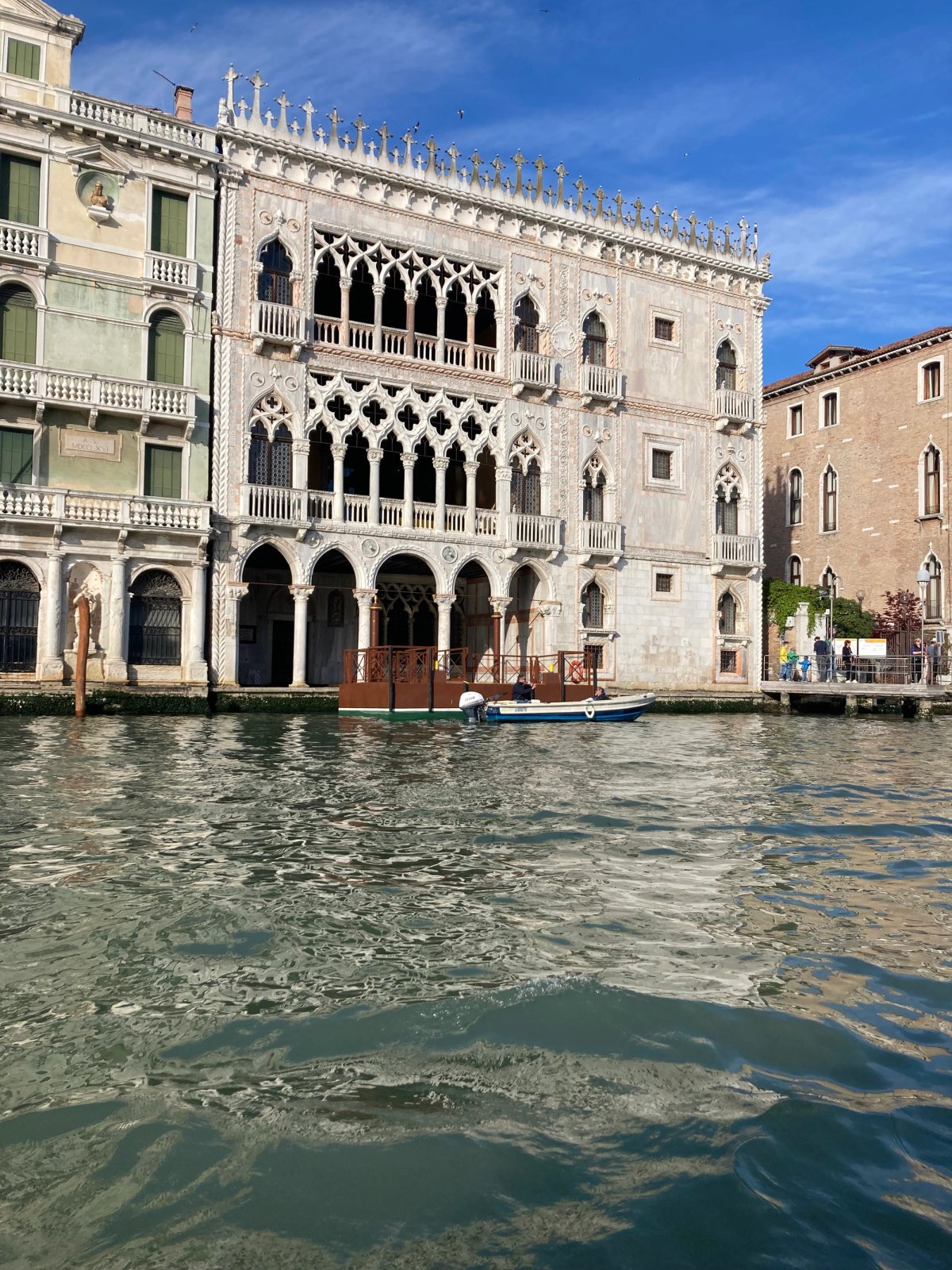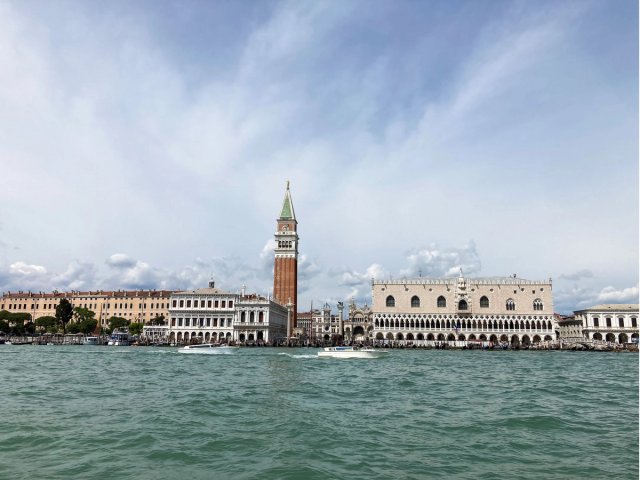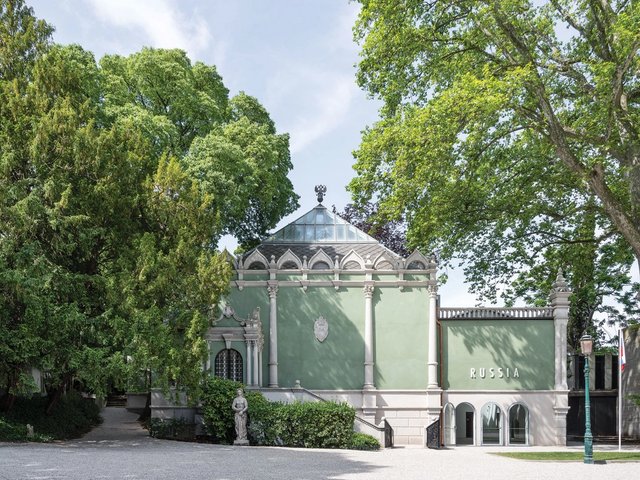Details of the Venice Biennale 2024 have already started to be announced. The 60th edition of the most prestigious and oldest-running art biennial will open on 20 April 2024 (until 24 November). To help you keep on top of the latest pavilion news, we have brought together all the participating artists and organisers announced so far.
• Venice Biennale: 60th International Art Exhibition, Giardini, Arsenale and various venues around Venice, 20 April-24 November 2024
Albania
Artist: Iva Lulashi
Organisers: Antonio Grulli; Blendi Gonxhja
Where: Arsenale
Argentina
Artist: Luciana Lamothe
Organisers: Sofia Dourron
Where: Arsenale
Armenia
Artist: Nina Khemchyan
Organisers: Armen Yesayants; Svetlana Sahakyan
Where: Magazzino del Sale n.3, Dorsoduro
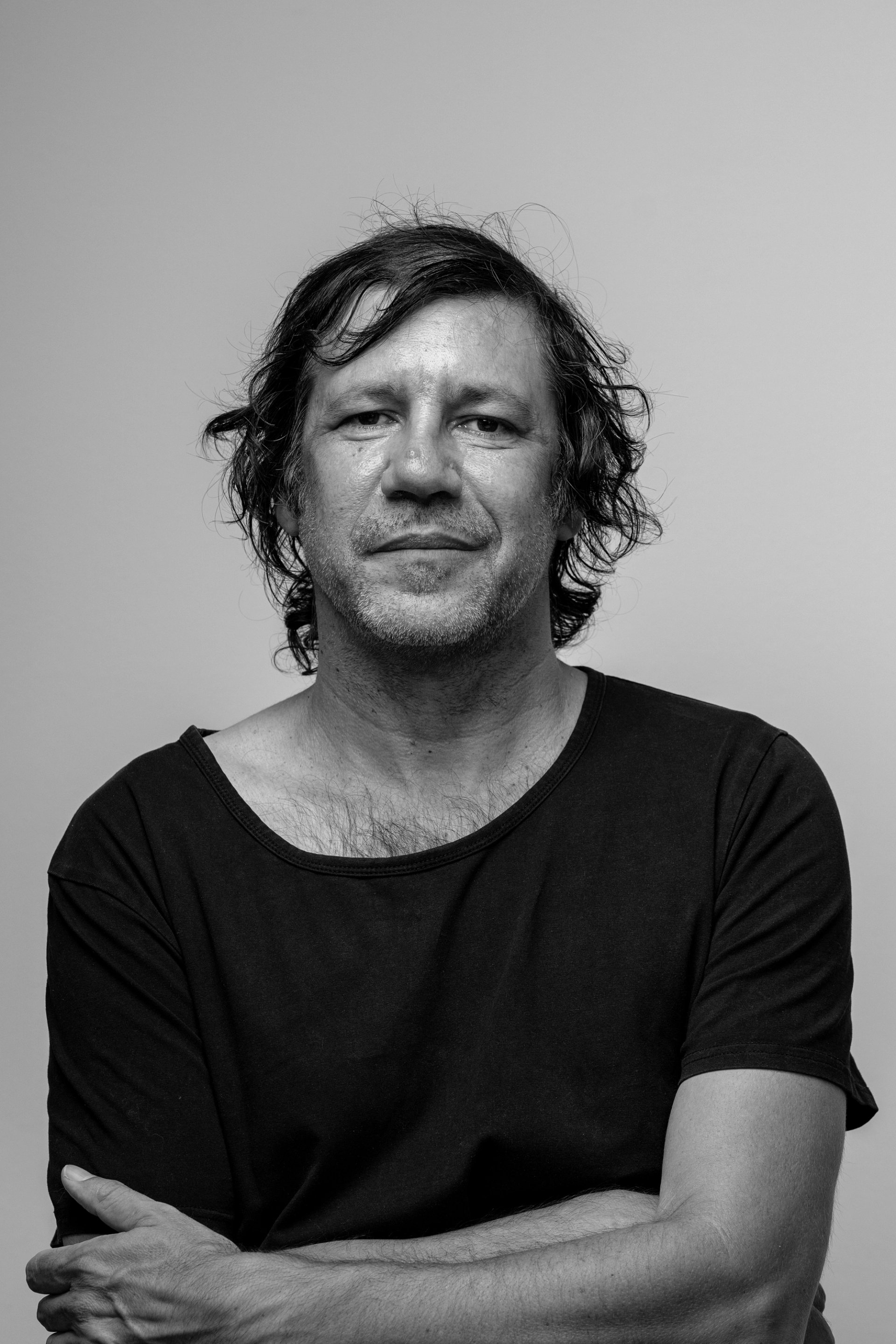
Archie Moore Photo: Rhett Hammerton, Brisbane 2024
Australia
Artist: Archie Moore
Organisers: Ellie Buttrose; Australia Council for the Arts
Where: Giardini
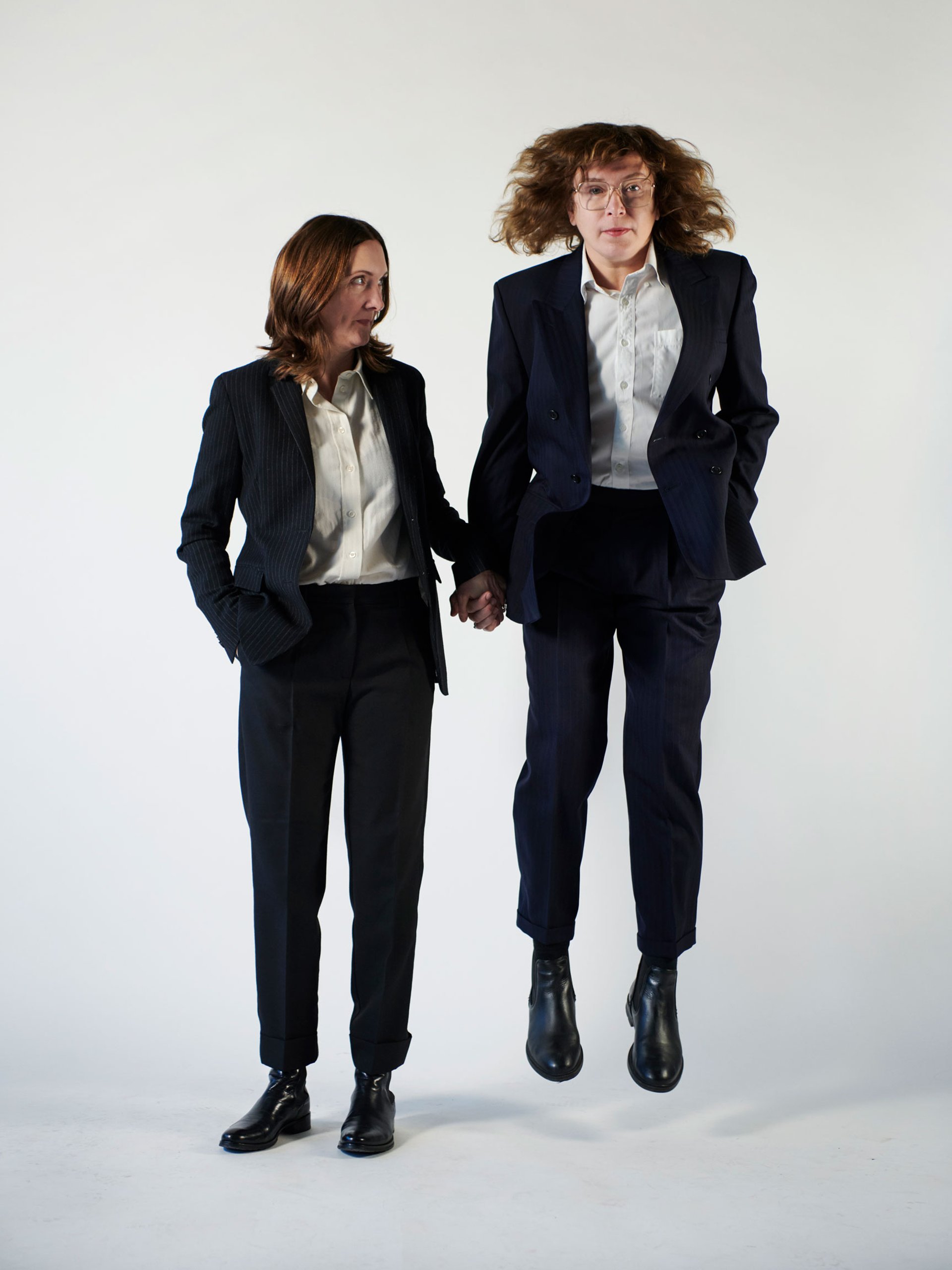
Jump for joy: Anna Jermolaewa (right) with the curator Gabriele Spindler Photo: Maria Ziegelböck
Austria
Artist: Anna Jermolaewa
Organisers: Gabriele Spindler; Austrian Federal Ministry for Arts, Culture, the Civil Service and Sport
Where: Giardini
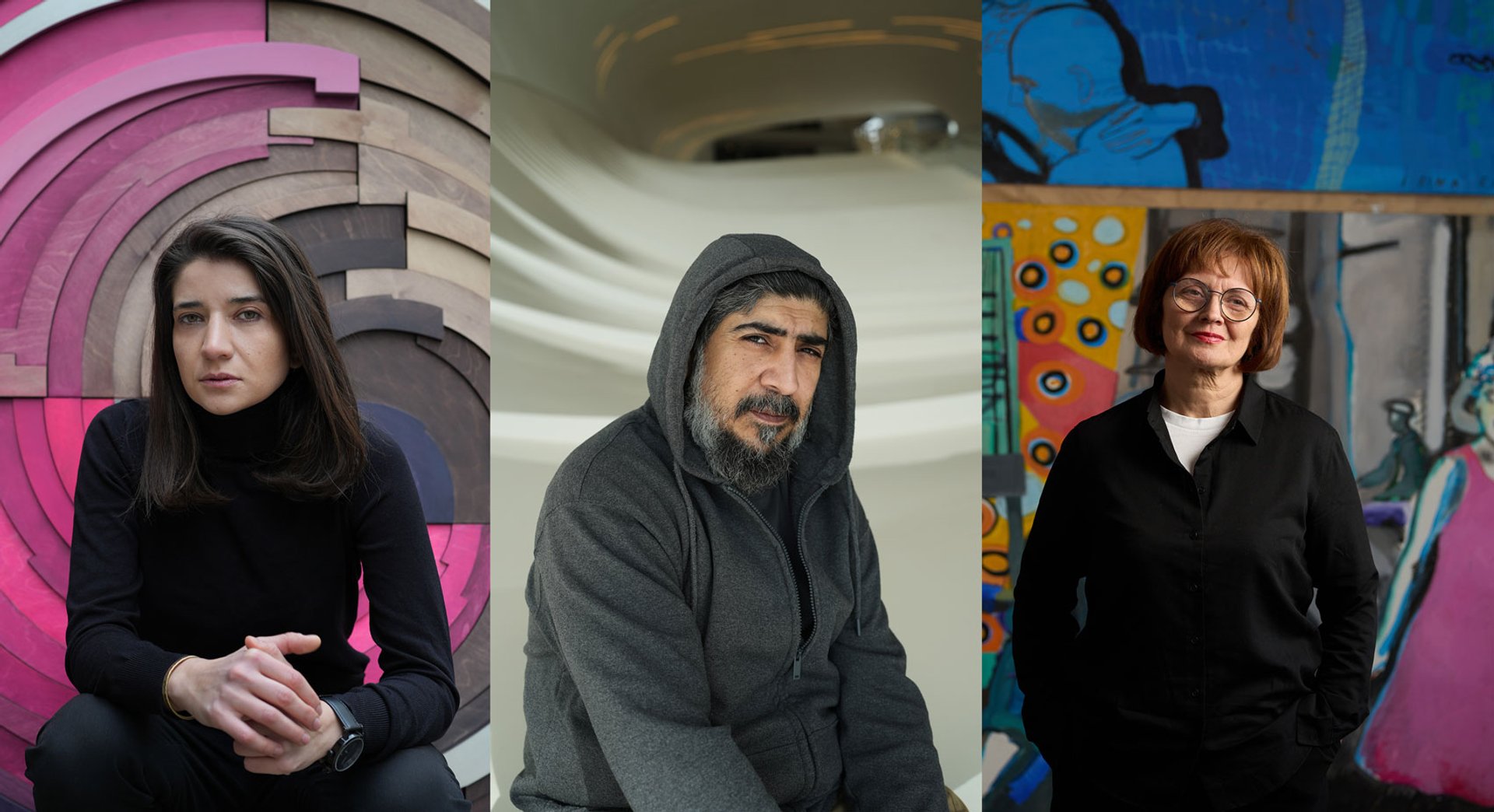
Vusala Agharaziyeva, Rashad Alakbarov and Irina Eldarova
Azerbaijan
Artists: Vusala Agharaziyeva, Rashad Alakbarov and Irina Eldarova
Organisers: Luca Beatrice and Amina Melikova; Rashad Aslanov
Where: Arsenale
Bangladesh
Artists: Abdur Rab, Syeda Mahbuba Karim, Shahjahan Ahmed Bikash, Shahid Kbir, Claudia De Leonardis, Anna Carla De Leonardis, Roberto Saglietto, Natalia Revoniuk, Patrizia Casagranda, DoJoong Jo, Jiyoon Oh and Franco Marrocco
Organisers: Viviana Vannucci; Liaquat Ali Lucky
Where: Spazio Staert, Santa Croce
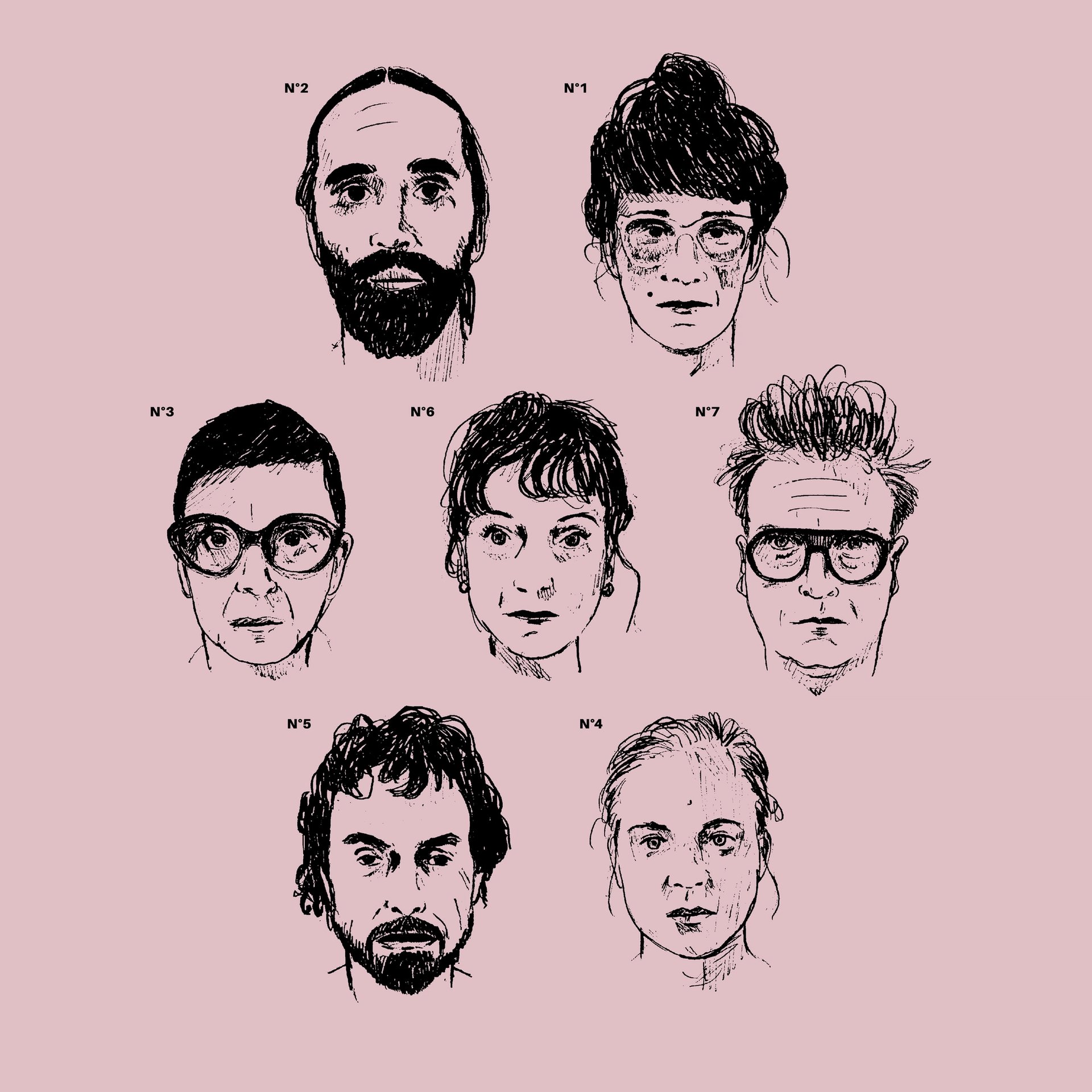
Members of Petticoat Government, from top, left to right: Valentin Bollaert, Sophie Boiron, Simona Denicolai, Antoinette Jattiot, Ivo Provoost, Pierre Huyghebaert and Pauline Fockedey
Belgium
Artist: Petticoat Government collective
Organisers: Antoinette Jattiot; Wallonia-Brussels Federation and Wallonia-Brussels International
Where: Giardini
Benin
Artist: Ishola Akpo, Moufouli Bello, Romuald Hazoumé and Chloé Quenum
Organisers: Azu Nwagbogu; African Artists’ Foundation
Bolivia
Artists: Alexandra Bravo, Inés Fontenla, Ronald Moran, Lorgio Vaca, Humberto Velez and others
Organisers: Paola Pisanelli Nero; Juan Carlos Cordero Nina
Where: Giardini
Bosnia-Herzegovina
Artist: Stjepan Skoko
Organisers: Marin Ivanović
Where: Palazzo Zorzi, Castello
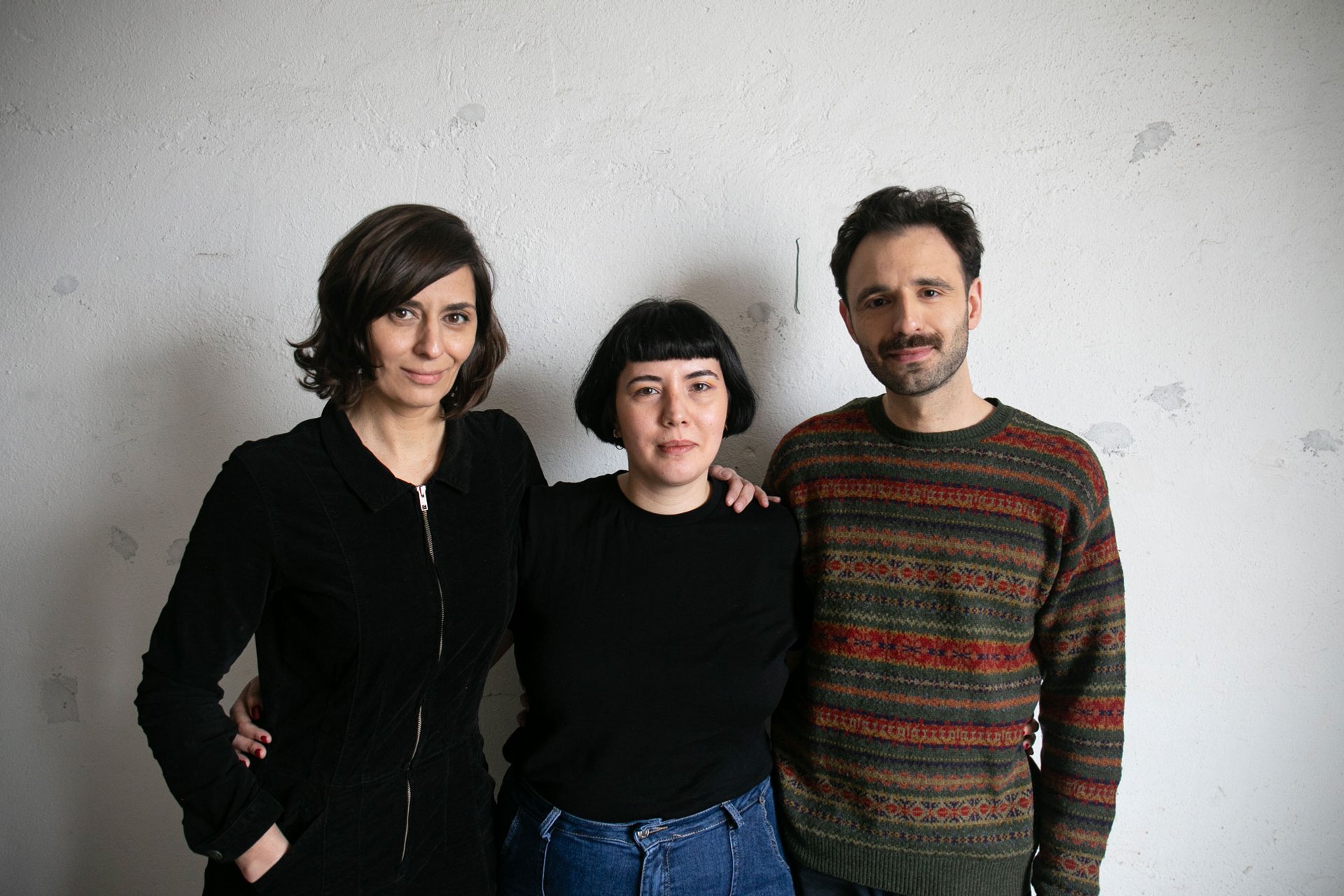
Lilia Topouzova, Krasimira Butseva and Julian Chehirian Photo: Vasil Vladimirov
Bulgaria
Artists: Krasimira Butseva, Julian Chehirian and Lilia Topouzova
Organisers: Vasil Vladimirov; Nadezhda Dzhakova, Ministry of Culture of Bulgaria
Where: Sala Tiziano, Centro Culturale Don Orione Artigianelli, Dorsoduro
Cameroon
Artists: Jean Michel Dissake, Hako Hankson, Kendji & Ollo Arts, Patrick-Joël Tatcheda Yonkeu, Guy Wouete, Angelo Accardi, Julia Bornefeld, Cesare Catania, Adélaïde Laurent-Bellue, Franco Mazzucchelli, Rex And Edna Volcan, Giorgio Tentolini And Liu Youju
Organisers: Sandro Orlandi Stagl and Paul Emmanuel Loga Mahop; Serge Achille Ndouma
Where: Palazzo Donà dalle Rose, Fondamente Nove
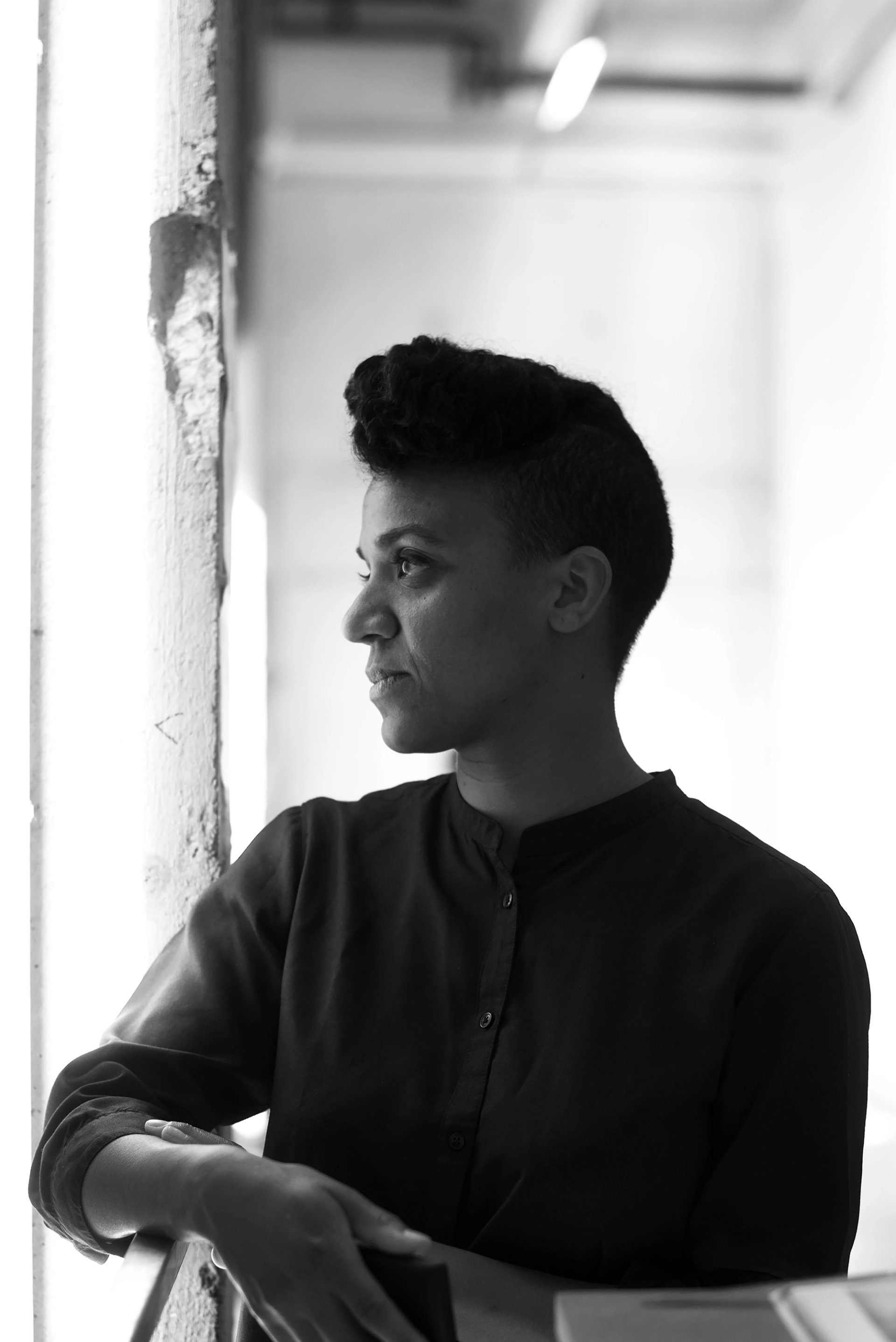
Kapwani Kiwanga © Bertille Chéret 2016
Canada
Artist: Kapwani Kiwanga
Organisers: Gaëtane Verna; National Gallery of Canada
Where: Giardini
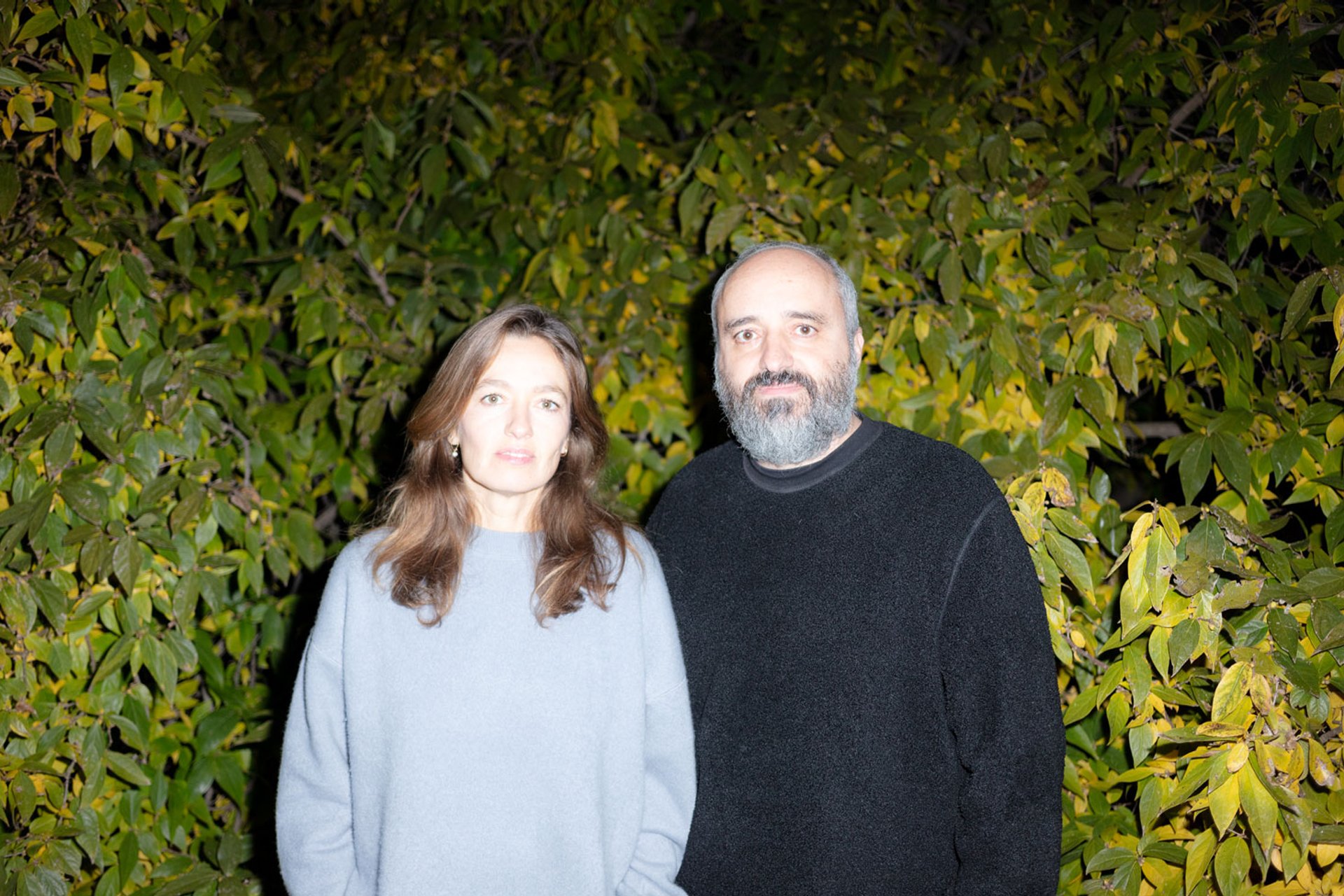
The curator Filipa Ramos and the artist Carlos Casas © gerdastudio
Catalonia
Artist: Carlos Casas
Organisers: Filipa Ramos; Institut Ramon Llull
Where: Docks Cantieri Cucchini, Castello
Chile
Artist: Valeria Montti Colque
Organisers: Andrea Pacheco González and Carola Chacón Zuloaga; Florencia Loewenthal, Ministry of Culture, Arts and Heritage and Ministry of Foreign Affairs, Government of Chile
Where: Arsenale
China
Artists: Xingtao, Shi Hui, Qiu Zhenzhong, Wang Shaoqiang, Wang Zhenghong and Zhu Jinshi
Organisers: Wang Xiaosong and Jiang Jun; China Arts and Entertainment Group (CAEG);
Where: Arsenale
Democratic Republic of the Congo
Artists: Primož Bizjak, Alessandro Librio, Scuola di Santa Rosa (Francesco Lauretta and Luigi Presicce), Tao Qiu, Kay Zevallos Villegas (KAY) and Stephan Zimmerli
Organisers: Federica Forti
Where: Gervasuti Foundation, Cannaregio
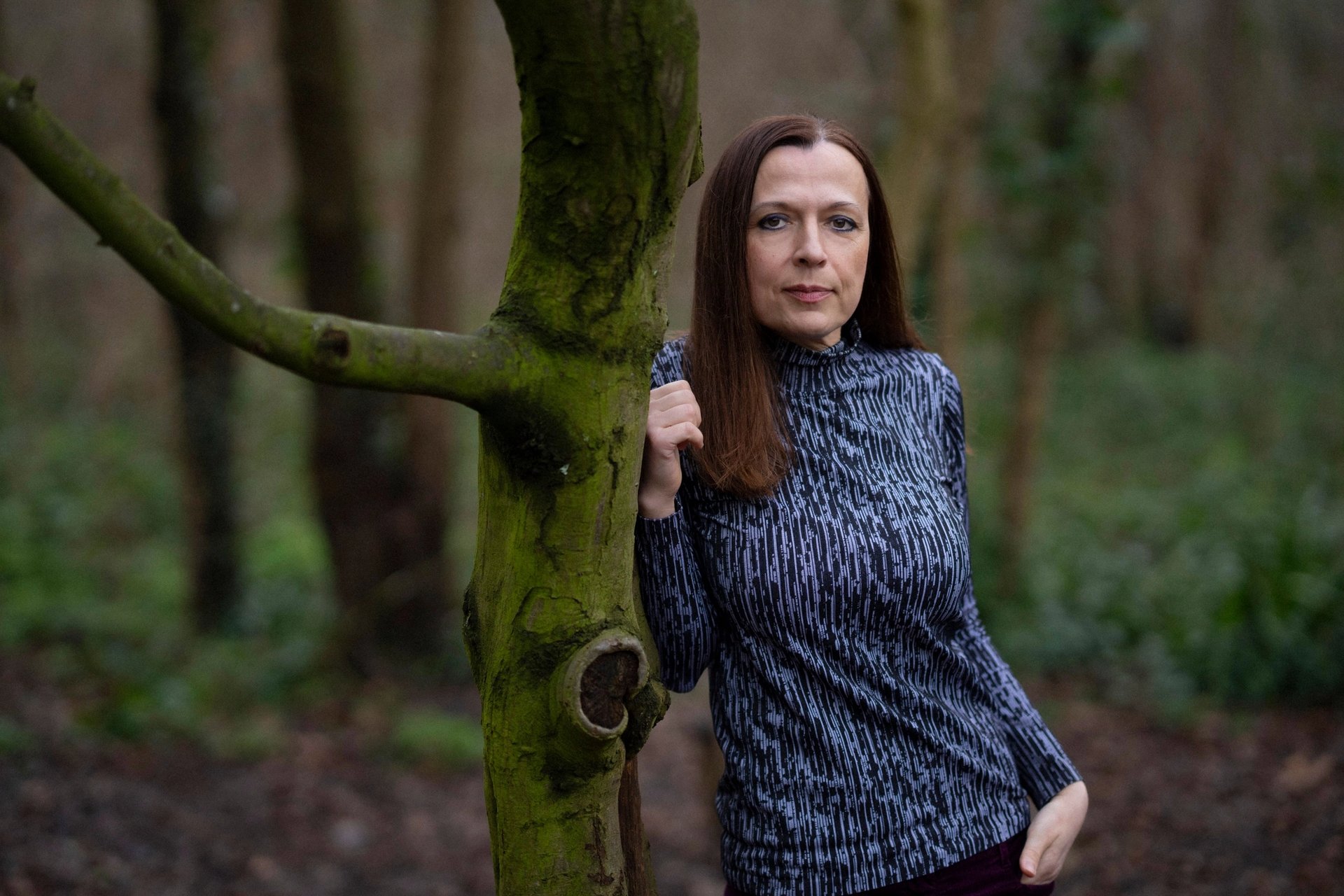
Vlatka Horvat Photo: Hugo Glendinnning
Croatia
Artist: Vlatka Horvat
Organisers: Antonia Majaca; Ministry of Culture and Media of the Republic of Croatia
Where: Fàbrica 33, Cannaregio
Cuba
Artist: Wilfredo Preito
Organisers: Nelson Ramirez de Arellano; Daneisy García Roque
Where: Teatro Fondamenta Nove, Cannaregio
Cyprus
Artists and curators: Lower Levant Company (Peter Eramian and Emiddio Vasquez),Endrosia (Andreas Andronikou, Marina Ashioti, Niki Charalambous, Doris Mari Demetriadou, Irini Khenkin, Rafailia Tsiridou, Alexandros Xenophontos) and Haig Aivazian
Organisers: Louli Michaelidou
Where: Associazione Culturale Spiazzi, Castello
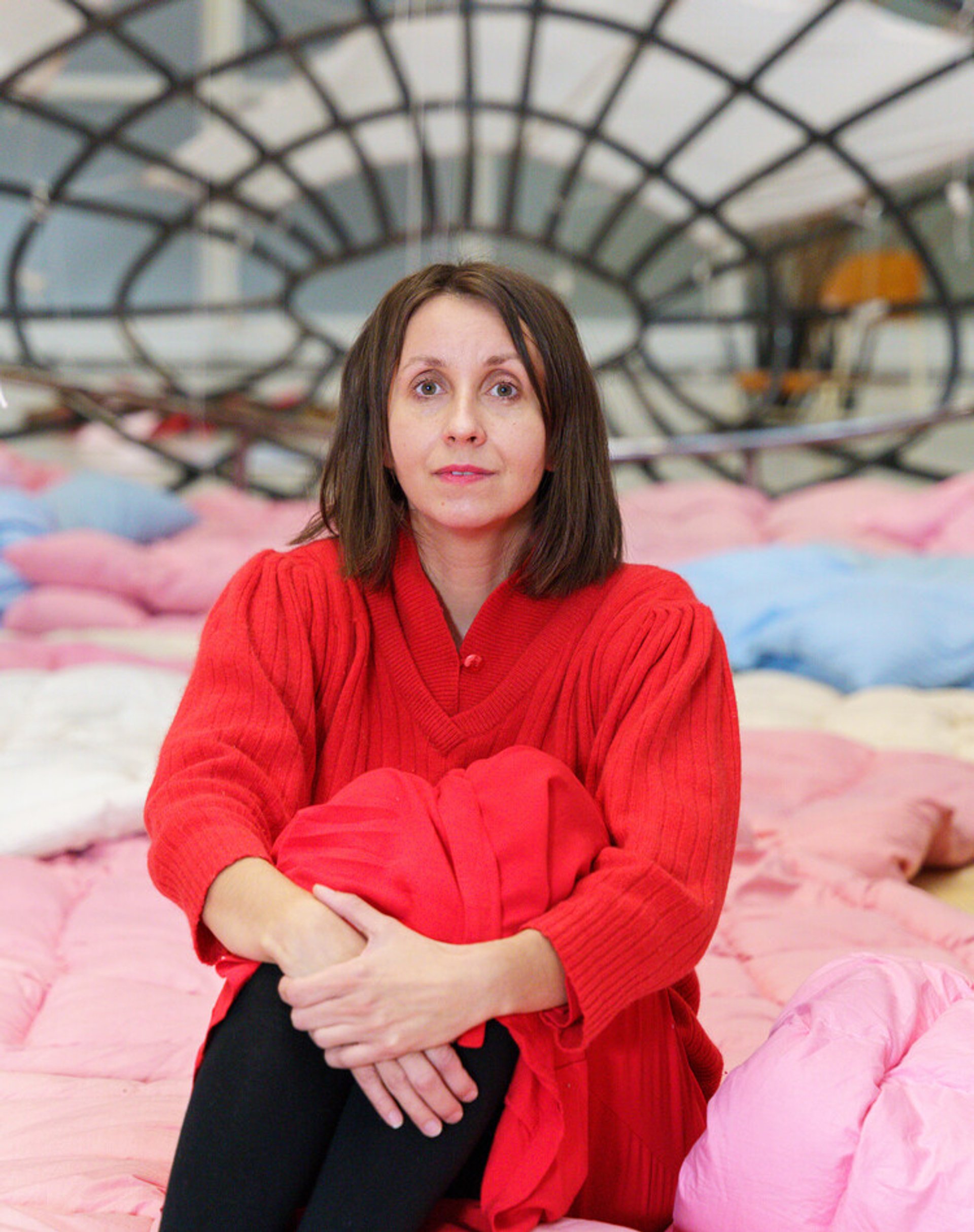
Eva Koťátková Photo: Adéla Márová
Czech Republic
Artist: Eva Koťátková
Organisers: Hana Janečková; Michal Novotný, National Gallery of Prague
Where: Giardini
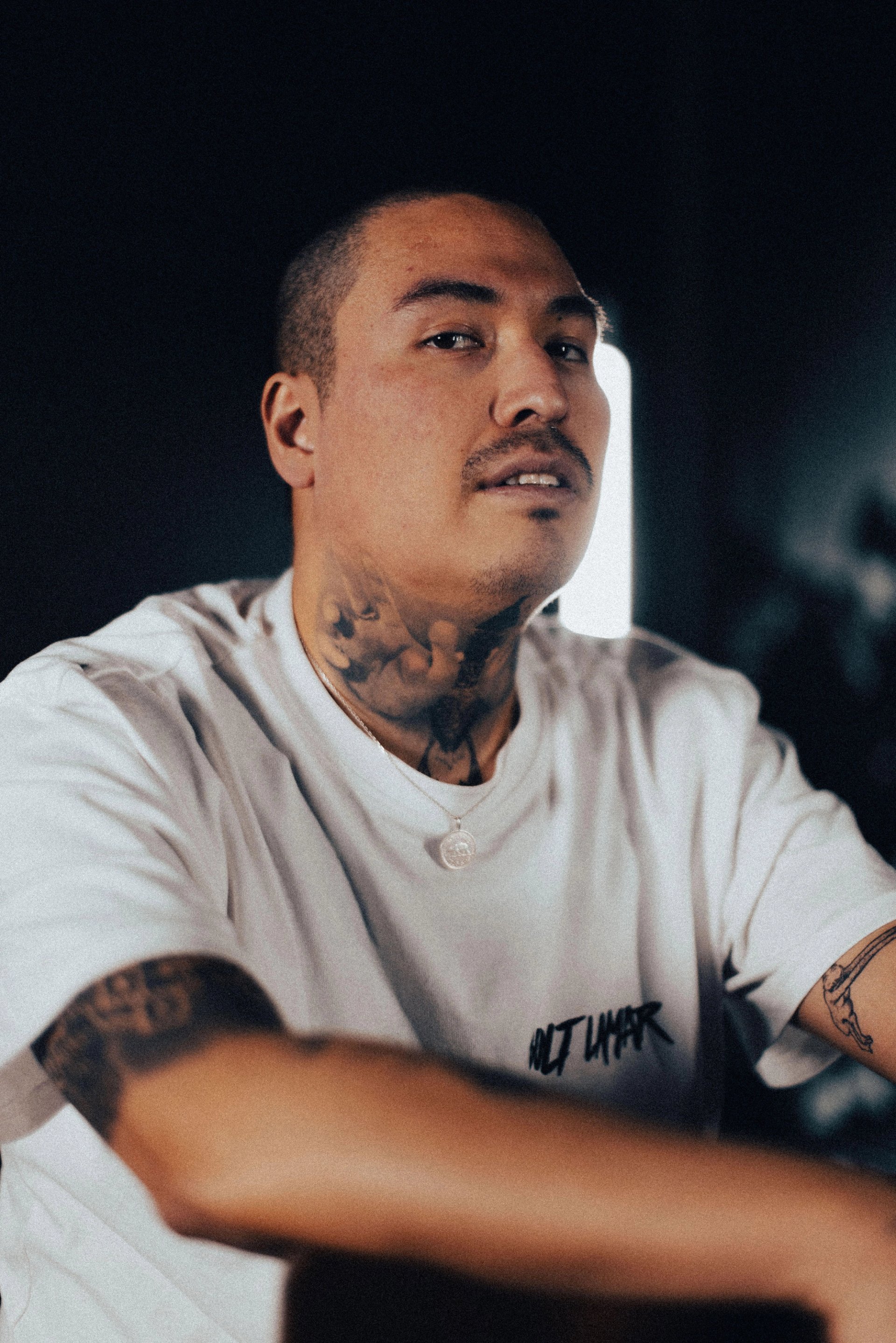
Inuuteq Storch Photo: Arny Koor Mogensen, Bolt Lamar
Denmark
Artist: Inuuteq Storch
Organisers: Louise Wolthers; Danish Arts Foundation
Where: Giardini
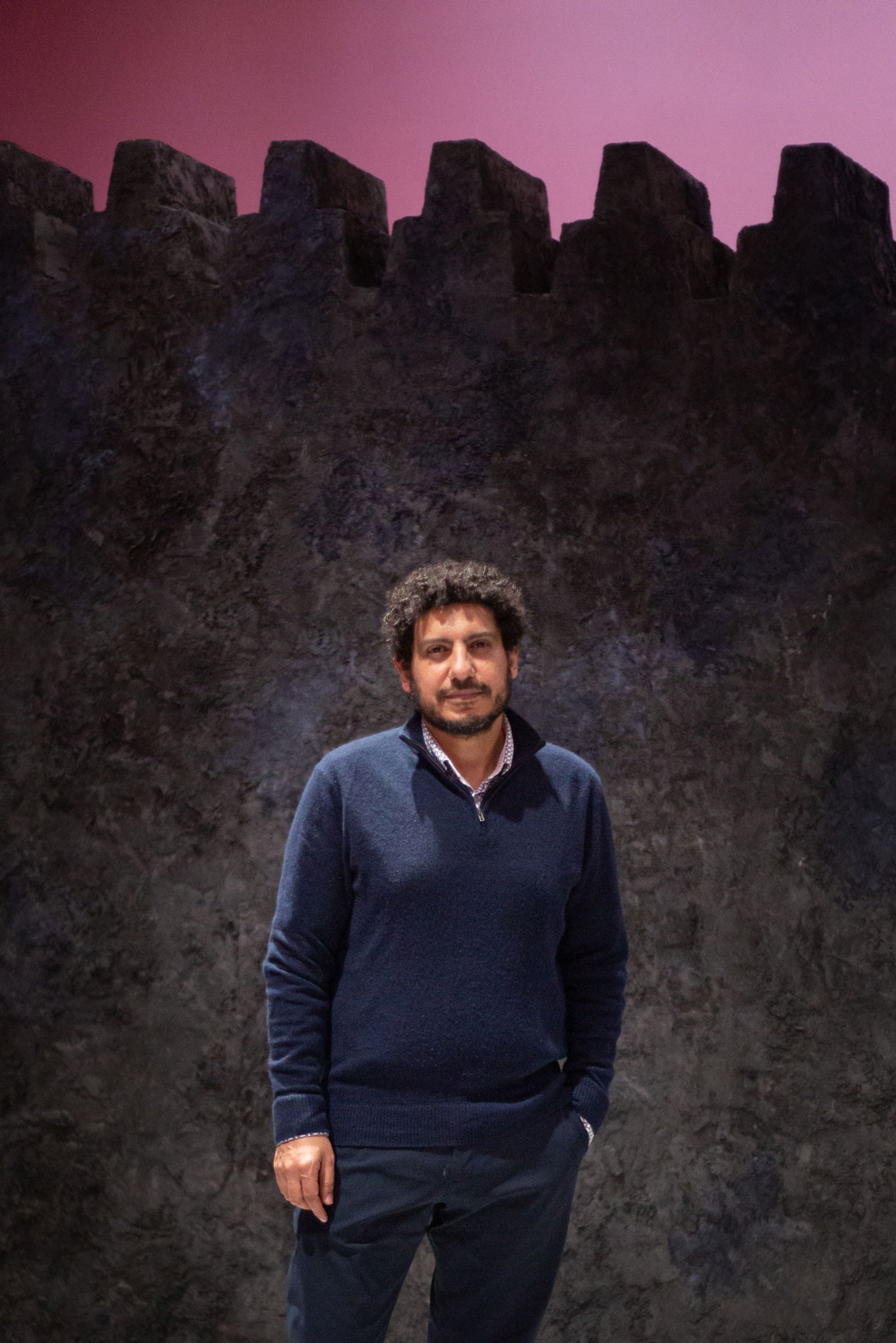
Wael Shawky Photo: Lien Wevers
Egypt
Artist: Wael Shawky
Organisers: Egyptian Ministry of Culture
Where: Giardini
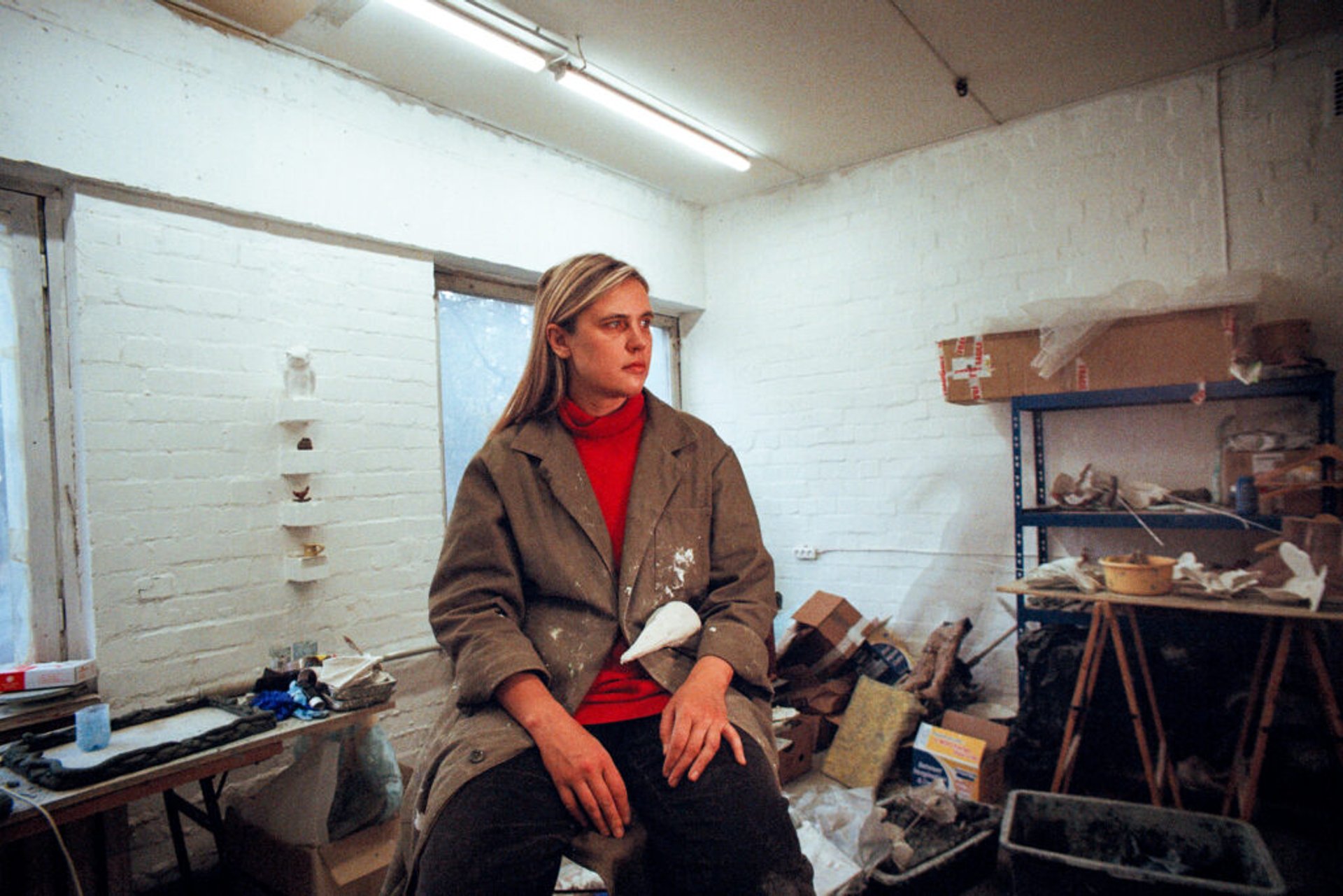
Edith Karlson Photo: Marii Kiisk/Müürileht
Estonia
Artist: Edith Karlson
Organisers: Estonian Centre for Contemporary Art
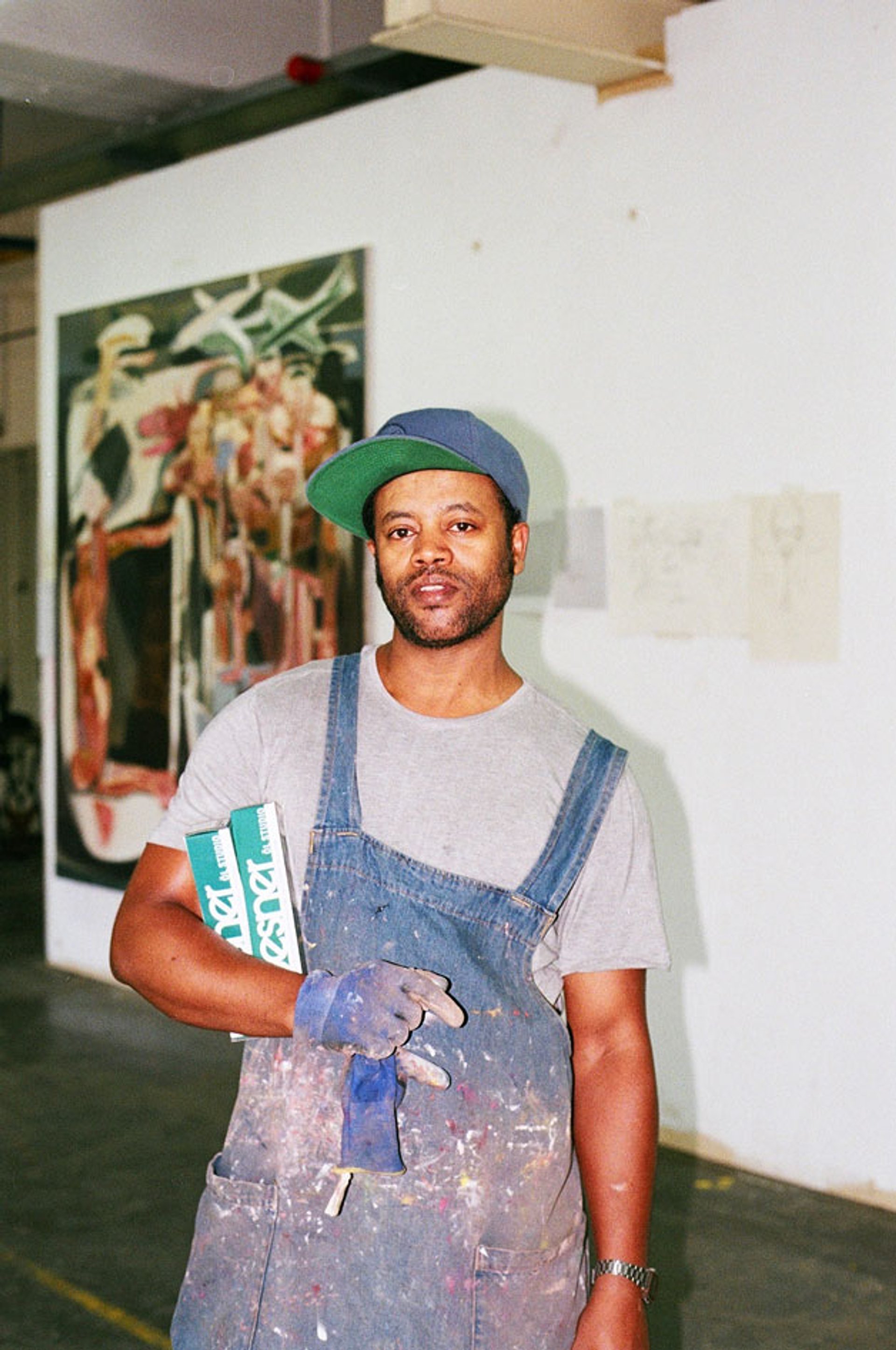
Tesfaye Urgessa Courtesy of the artist and Saatchi Yates; Photo: Kameron Cooper
Ethiopia
Artist: Tesfaye Urgessa
Organisers: Lemn Sissay; Demitu Hambisa Bonsa-Ambassador,
Where: Palazzo Bollani, Castello

Vidha Saumya, Jenni-Juulia Wallinheimo-Heimonen and Pia Lindman Photo: Jo Hislop / Frame Contemporary Art Finland
Finland
Artists: Pia Lindman, Vidha Saumya and Jenni-Juulia Wallinheimo-Heimonen
Organisers: Yvonne Billimore and Jussi Koitela; Frame Contemporary Art Finland
Where: Giardini
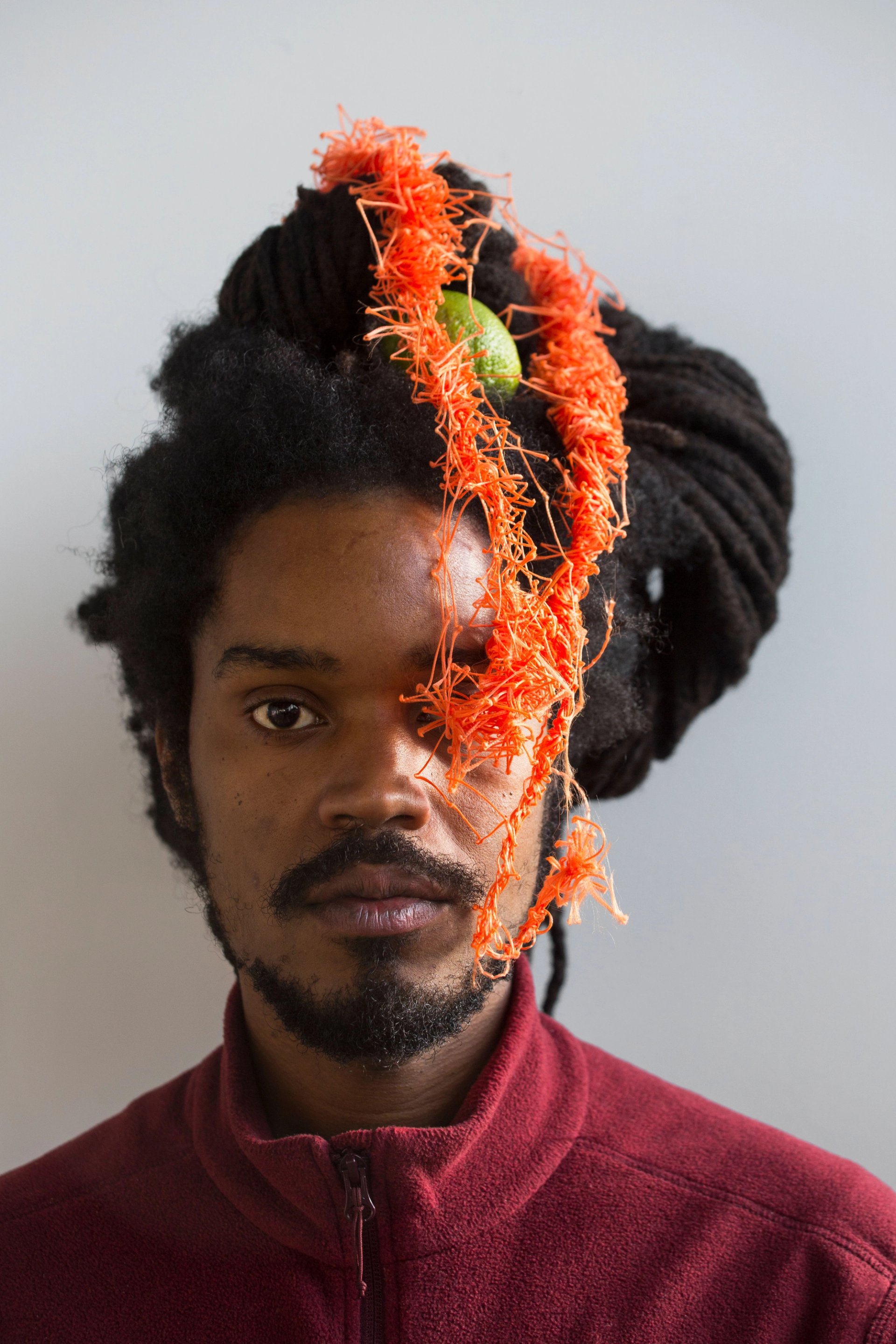
Julien Cruezet Courtesy of BMW Group
France
Artist: Julien Creuzet
Organisers: Institut Français, French Ministry of Europe and Foreign Affairs, and the French Ministry of Culture
Where: Giardini
Georgia
Artists: Nikoloz Koplatadze, Grigol Nodia, Juliette George, Rodrigue de Ferluc, Iliazd, Max Ernst and Ernst Wilhelm Tempel
Organisers: Julia Marchand and Davit Koroshinadze; Magda Guruli
Where: Palazzo Palumbo Fossati, San Marco
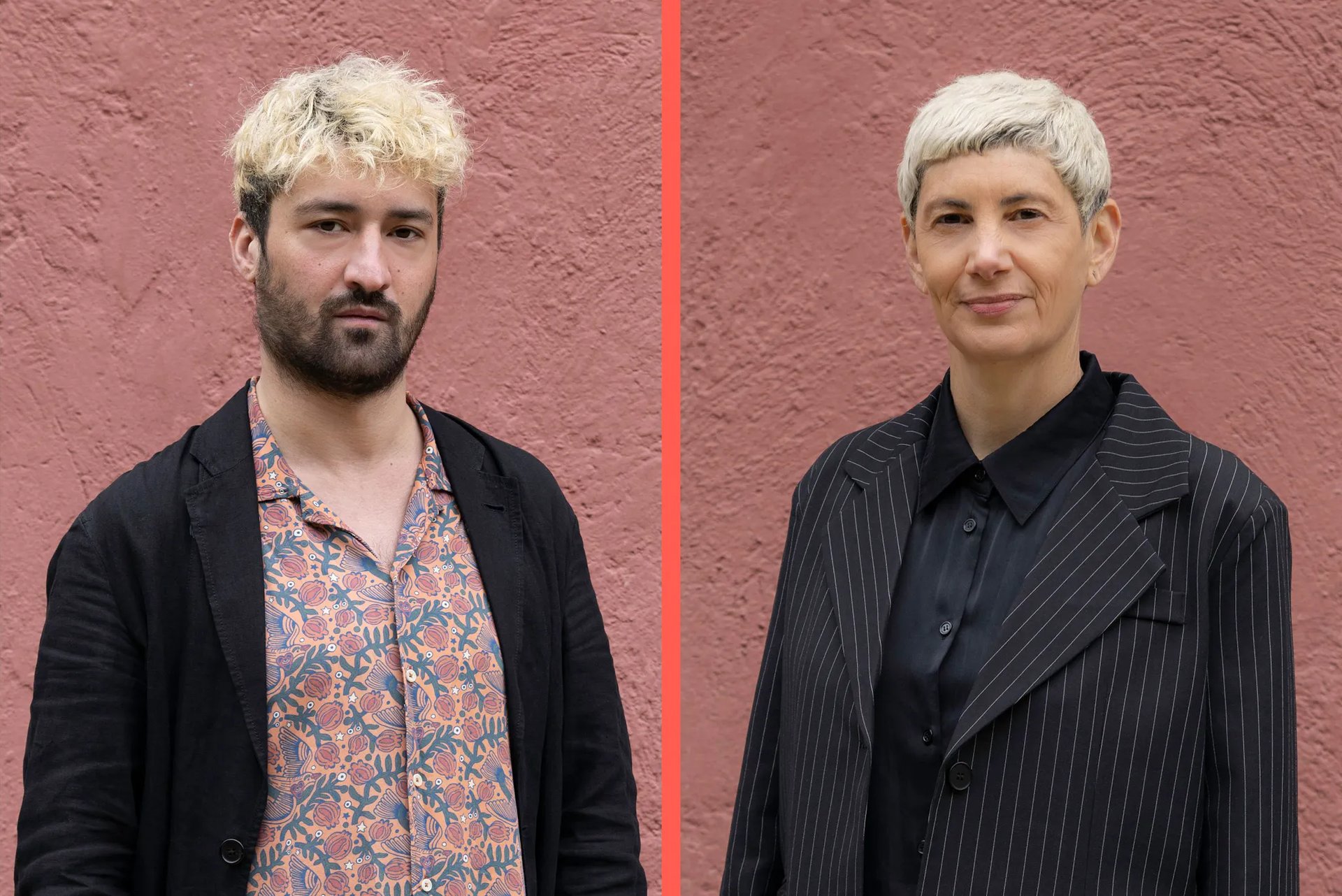
Ersan Mondtag and Yael Bartana Photo: Andrea Rossetti
Germany
Artists: Yael Bartana and Ersan Mondtag
Organisers: Çağla Ilk; Institut für Auslandsbeziehungen, German Federal Foreign Office
Where: Giardini
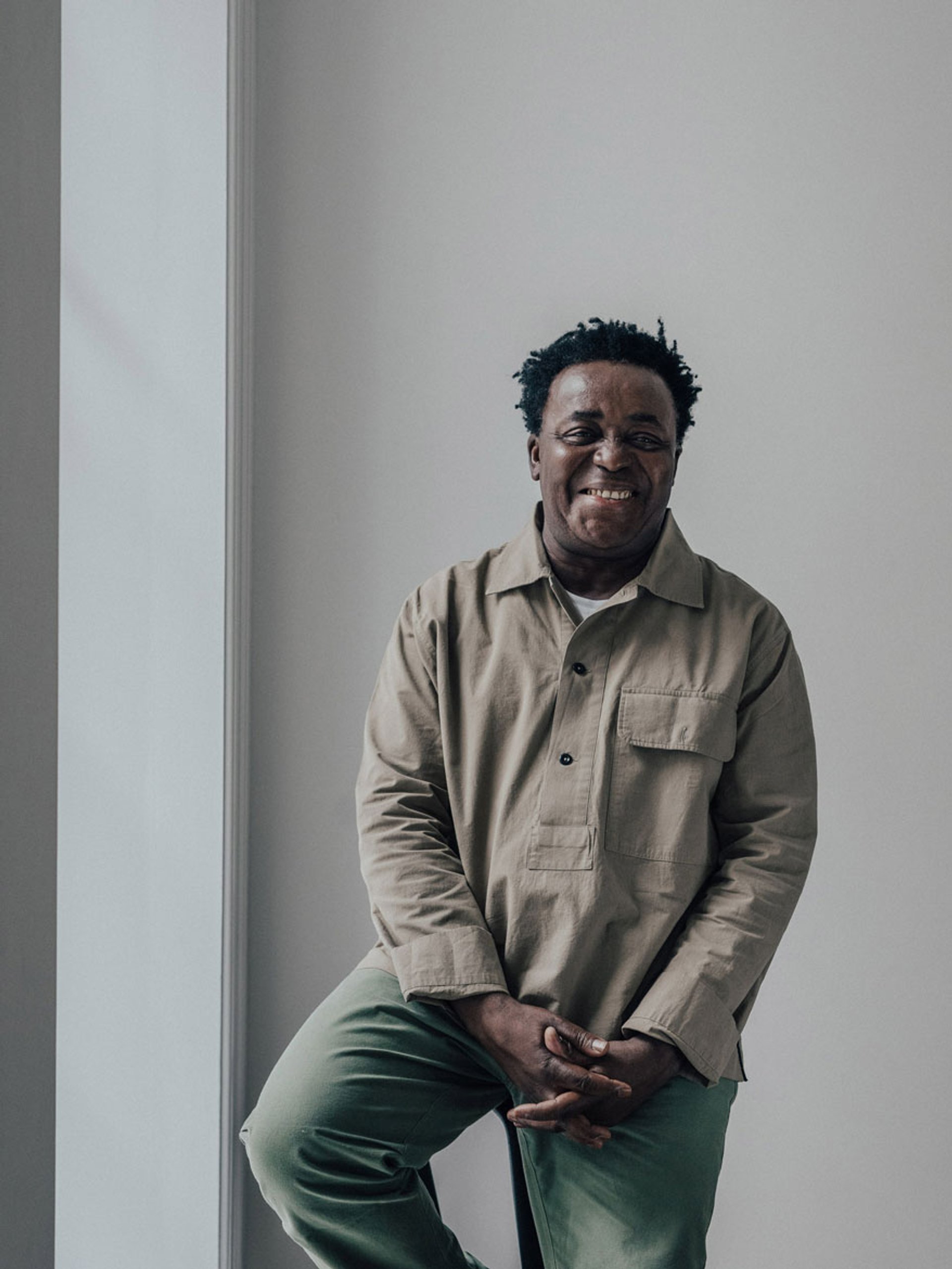
John Akomfrah
Great Britain
Artist: John Akomfrah
Organisers: Tarini Malik; British Council
Where: Giardini
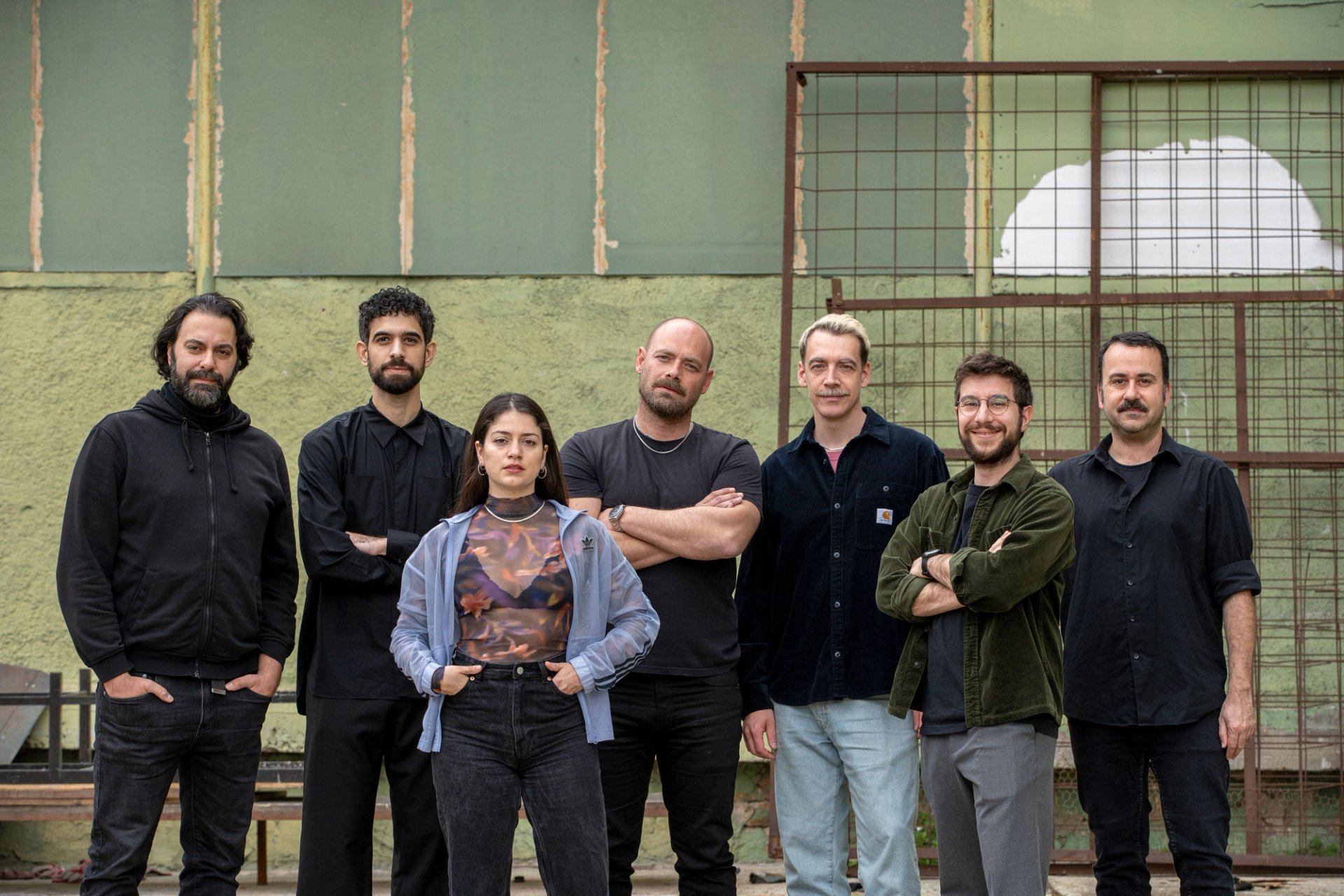
The Greek pavilion artists and curator
Greece
Artists: Thanassis Deligiannis, Elia Kalogianni, Giorgos Kyvernitis, Giannis Michalopoulos and Fotis Sagonas
Organisers: Katerina Gregos, artistic director, National Museum of Contemporary Art; Panos Giannikopoulos
Where: Giardini
Grenada
Artists: Frederika Adam, Breakfast, Jason deCaires Taylor, Antonello Diodato Guardigli, Alma Fakhre, Suelin Low Chew Tung, Gabriele Maquignaz, Lorenzo Marini, Benaiah Matheson, The Perceptive Group and Nello Petrucci
Organisers: Daniele Radini Tedeschi; Susan Mains
Where: Palazzo Albrizzi-Capello, Cannaregio
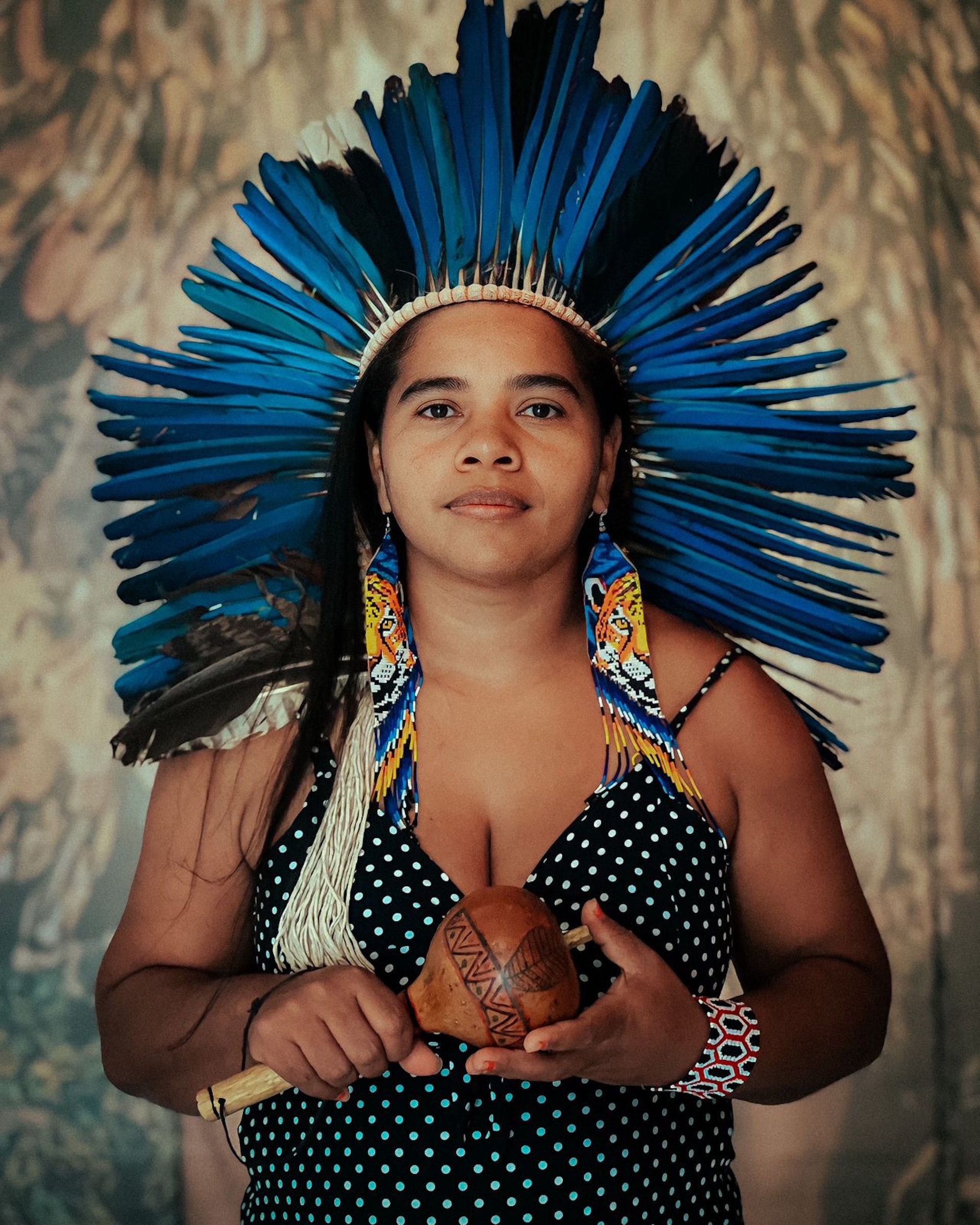
Glicéria Tupinambá Courtesy of the artist
Hãhãwpuá (formerly Brazil)
Artist: Glicéria Tupinambá
Organisers: Arissana Pataxó, Denilson Baniwa and Gustavo Caboco Wapichana; Fundação Bienal de São Paulo, Ministry of Foreign Affairs and the Ministry of Culture
Where: Giardini
Holy See
Artists: Maurizio Cattelan, Bintou Dembélé, Simone Fattal, Claire Fontaine, Sonia Gomes, Corita Kent, Marco Perego and Zoe Saldana and Claire Tabouret
Organisers: Chiara Parisi and Bruno Racine; Cardinale José Tolentino de Mendonça
Where: Casa Reclusione Femminile Venezia, Giudecca
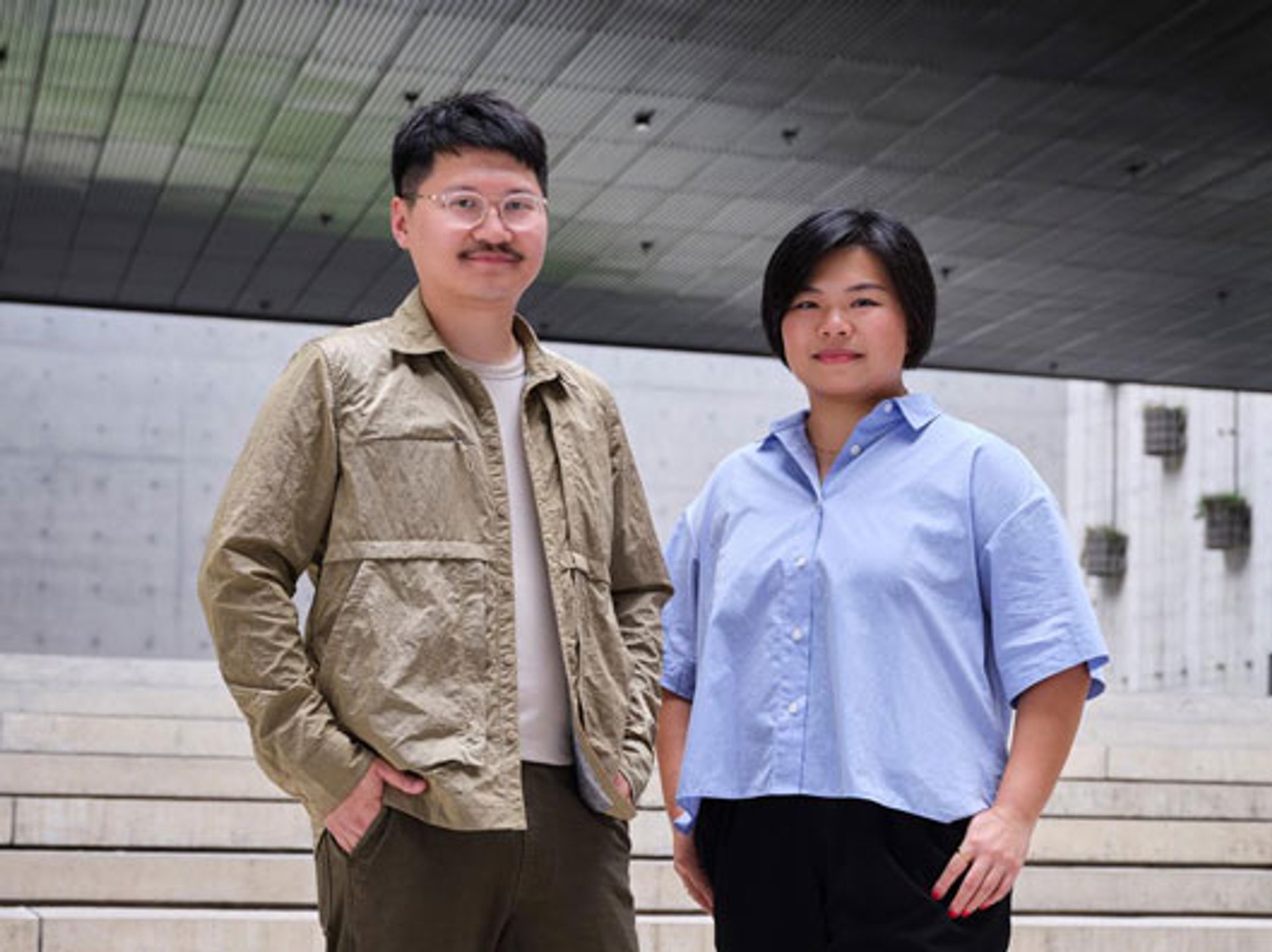
The Hong Kong pavilion artist Trevor Yeung and the curator Olivia Chow Photo: South Ho. Courtesy of M+, Hong Kong
Hong Kong
Artist: Trevor Yeung
Organisers: Olivia Chow; M+ Museum and the Hong Kong Arts Development Council
Where: Campo della Tana, Castello
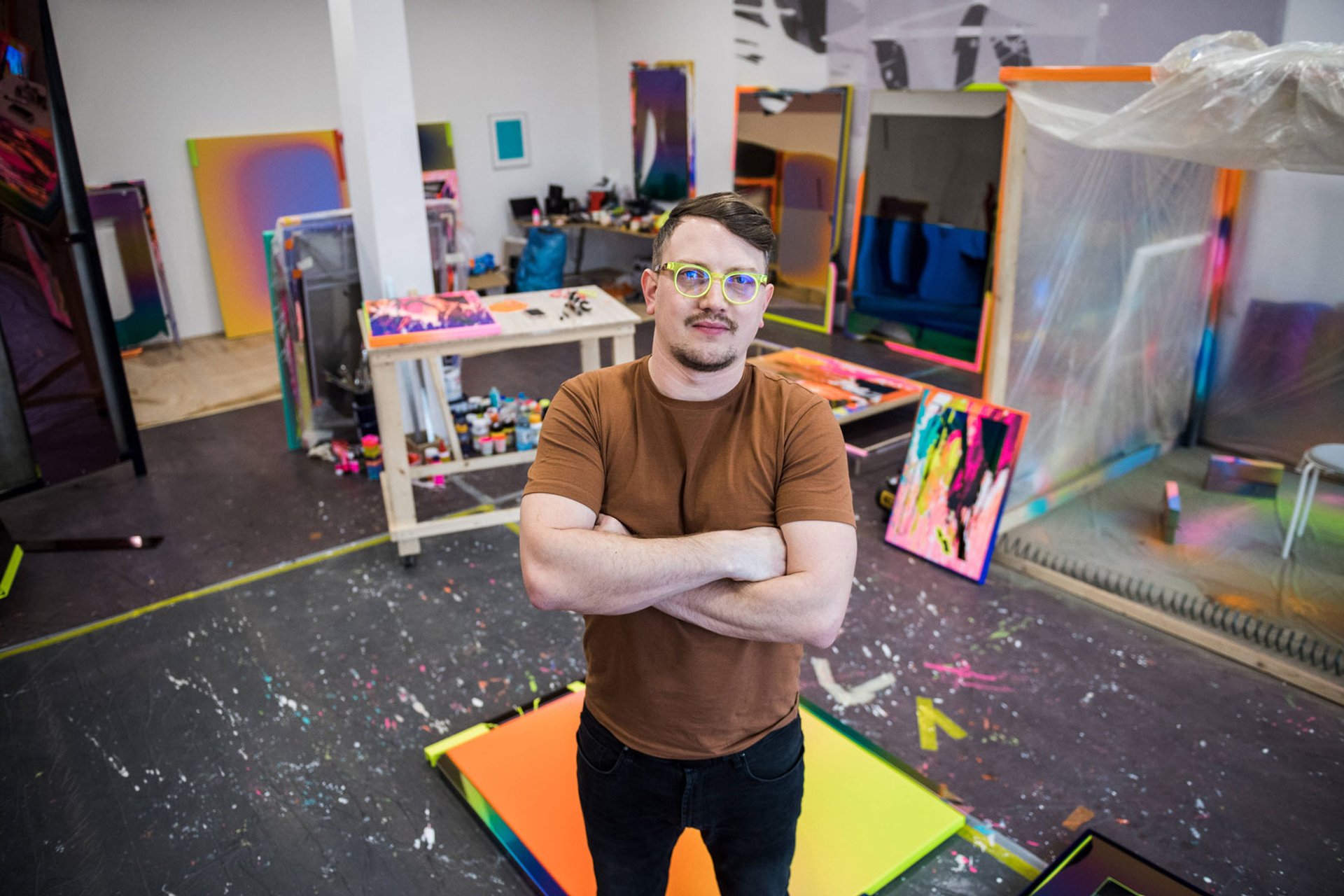
Márton Nemes Photo: Mónus Márton
Hungary
Artist: Márton Nemes
Organisers: Róna Kopeczky; Julia Fabényi, Ludwig Museum
Where: Giardini
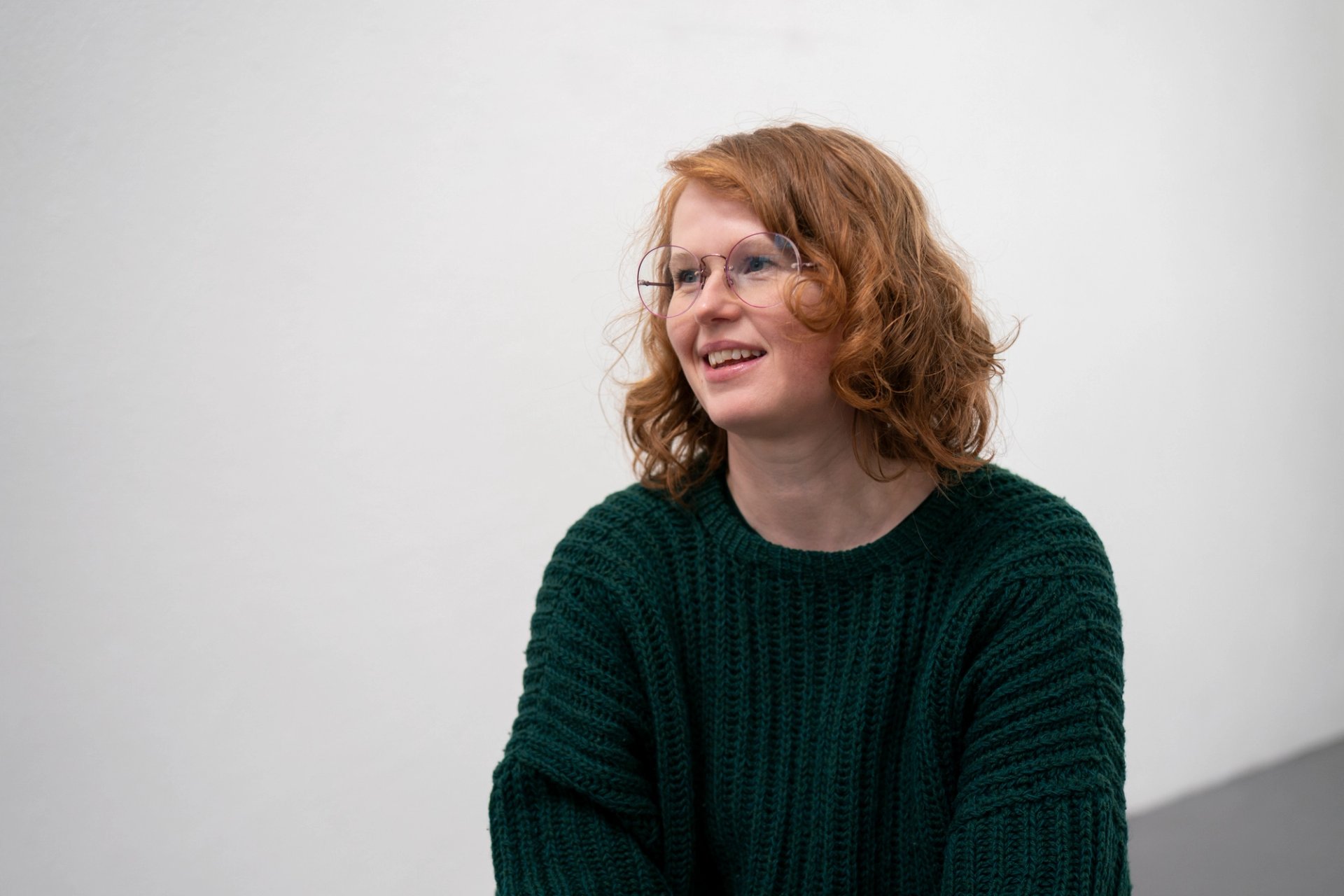
Hildigunnur Birgisdóttir Photo: Eyþór Árnason
Iceland
Artist: Hildigunnur Birgisdóttir
Organisers: Dan Byers; Icelandic Art Center
Where: Arsenale
Iran
Artist: Jafar Vahedi
Organisers: Shoaib Hosseini Moghaddam; Mohammad Khorasanizadeh, Ministry of Culture
Where: Palazzo Malipiero, San Marco

Eimear Walshe Photo: Cáit Fahey
Ireland
Artist: Eimear Walshe
Organisers: Sara Greavu; Project Arts Centre, Culture Ireland and the Arts Council Ireland
Where: Arsenale
Israel
Artist: Ruth Patir
Organisers: Mira Lapidot and Tamar Margalit
Where: Giardini
N.B. The Israeli pavilion will remain closed until a ceasefire and hostage release agreement are reached in the Israel-Hamas war, says the artist Ruth Patir.

Massimo Bartolini © Pasquale Abbattista
Italy
Artist: Massimo Bartolini
Organisers: Luca Cerizza; Ministero della Cultura
Where: Arsenale
Ivory Coast
Artists: Jems Koko Bi, François Xavier Gbré, Sadikou Oukpedjo, Franck Abd-Bakar Fanny and Marie Claire Messouma
Organisers: Simon Njami; Illa Ginette Donwahi
Where: Centro Culturale Don Orione Artigianelli, Dorsoduro
Japan
Artist: Yuko Mohri
Organisers: Sook-Kyung Lee; Japan Foundation
Where: Giardini
Kazakhstan
Artists: Kamil Mulashev, Saken Narynov, Yerbolat Tolepbay, Sergey Maslov, Anvar Musrepov, The2vvoJerūiyq
Organisers: Danagul Tolepbay and Anvar Musrepov; Aida Balayeva
Where: Museo Storico Navale di Venezia, Castello
Kenya
Artists: Elkana Ong’esa, Gerald Oroo Motondi,Robin Okeyo Mbera, John Tabule Abuya Ogao, Peter Kenyanya Oendo and Charles Duke Kombo
Organisers: Edward Mwaura Ndeker; Milka Mugo; Curator:
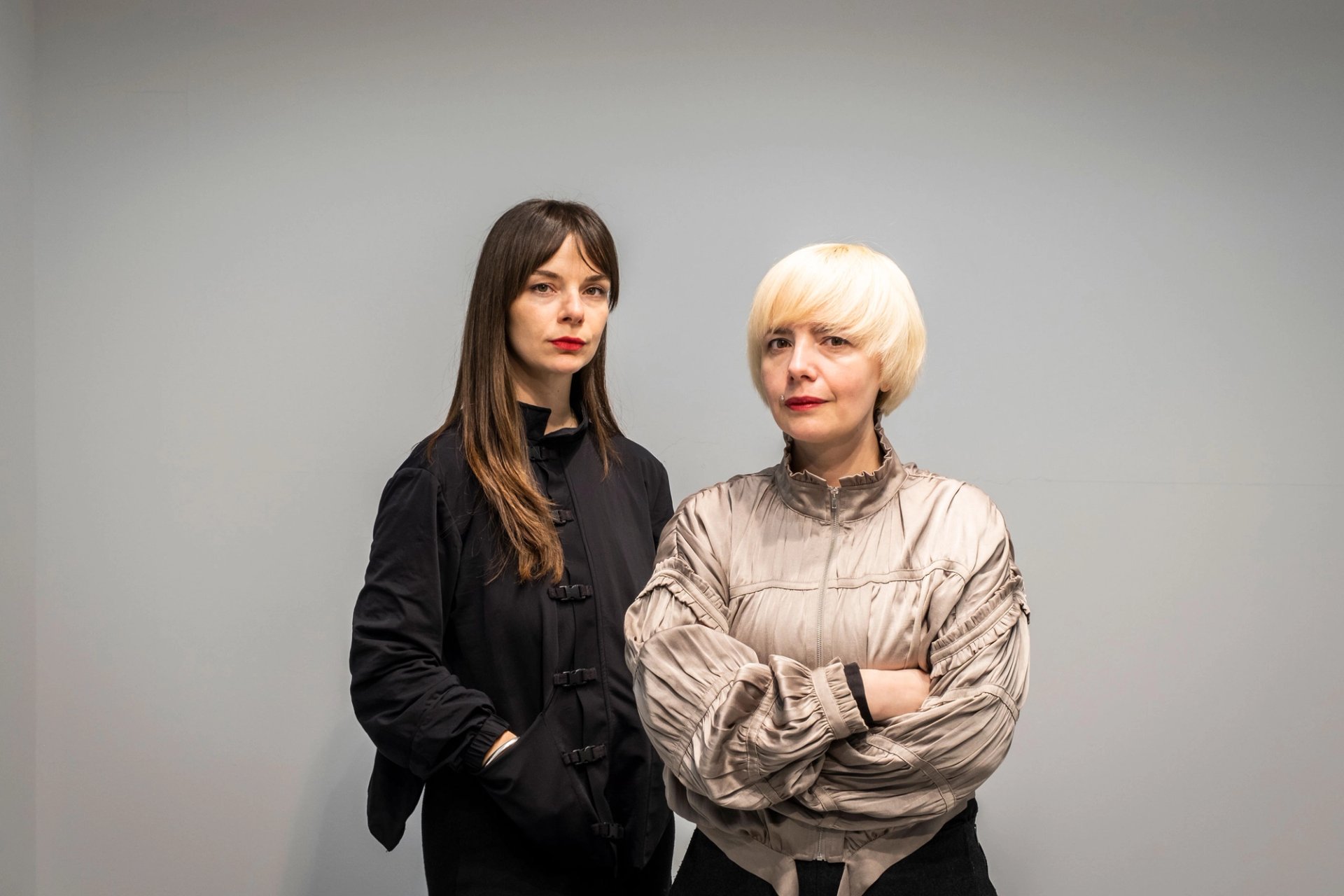
Doruntina Kastrati and the curator Erëmirë Krasniqi Photo: Agon Dana
Kosovo
Artist: Doruntina Kastrati
Organisers: Erëmirë Krasniqi; Hana Halilaj, Ministry of Culture, Youth and Sports of the Republic of Kosovo
Where: Museo Storico Navale
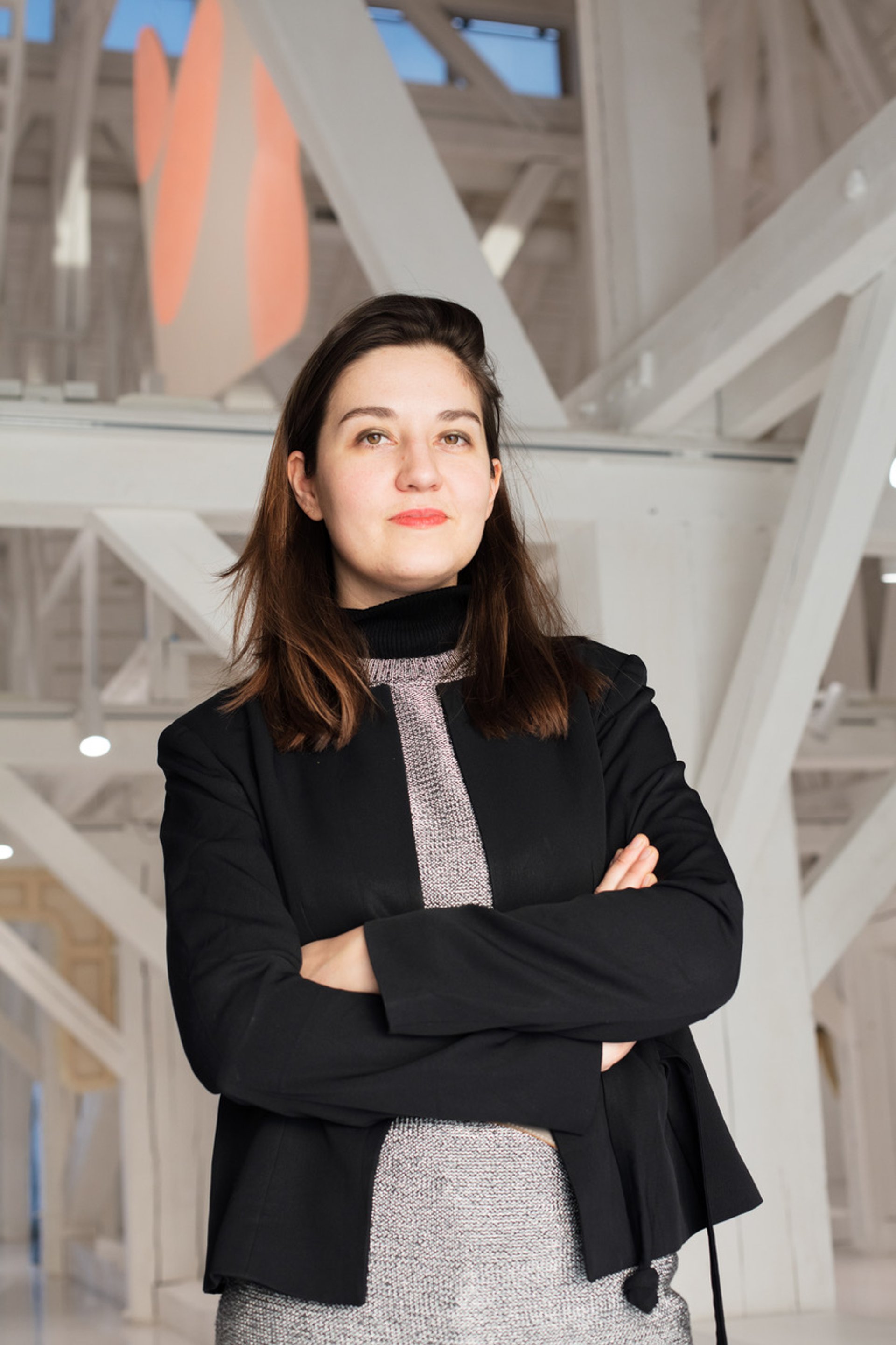
Amanda Ziemele Photo: Kristīne Madjare, Culture project agency Indie
Latvia
Artist: Amanda Ziemele
Organisers: Adam Budak; Daiga Rudzāte, Ministry of Culture of the Republic of Latvia
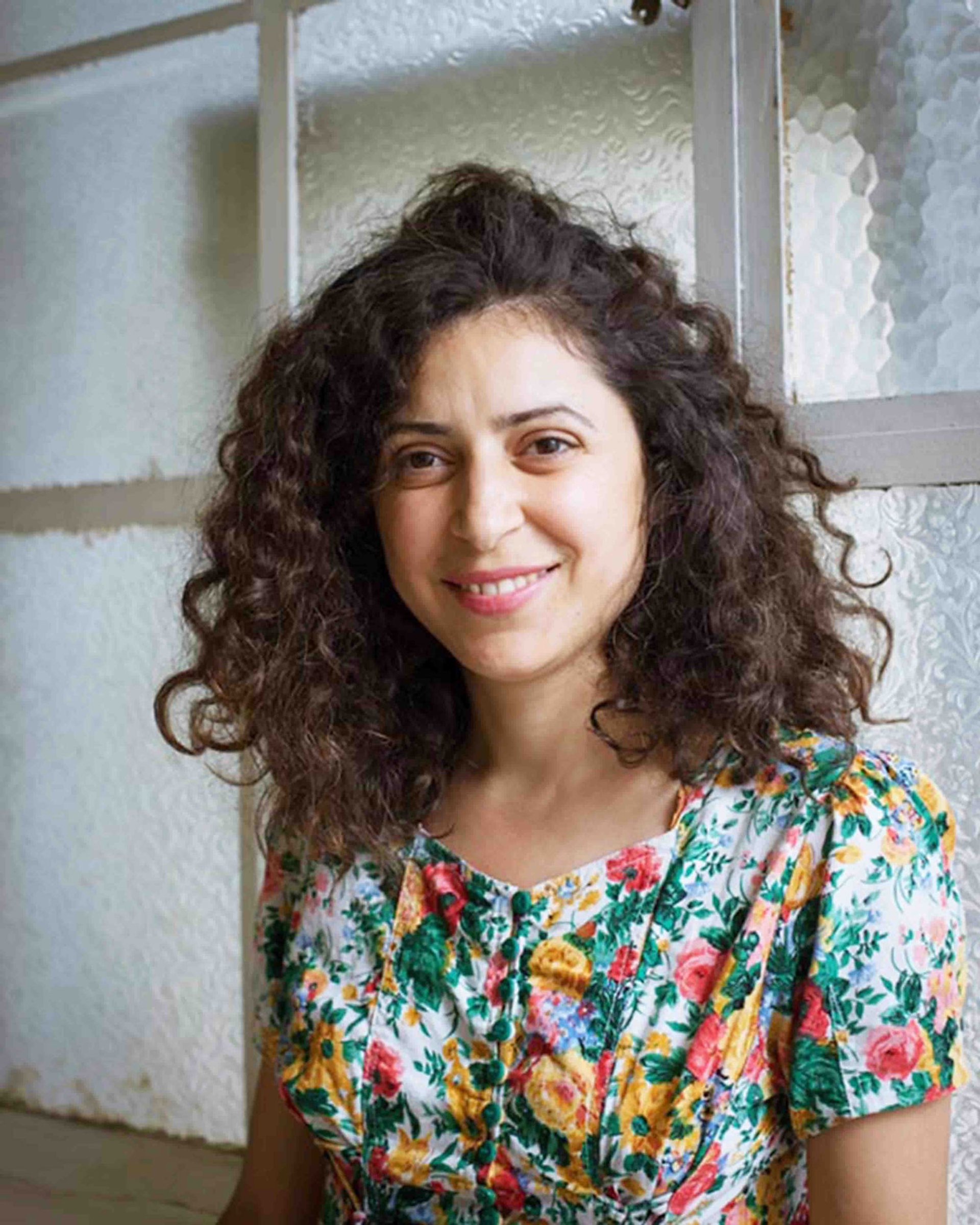
Mounira Al-Solh Photo: Jens Schwarz, Beirut - Lebanon ©️ Sfeir-Semler Gallery Beirut & Hamburg ©️ LVAA
Lebanon
Artist: Mounira Al-Solh
Organisers: Nada Ghandour and Dini Bizri
Where: Arsenale
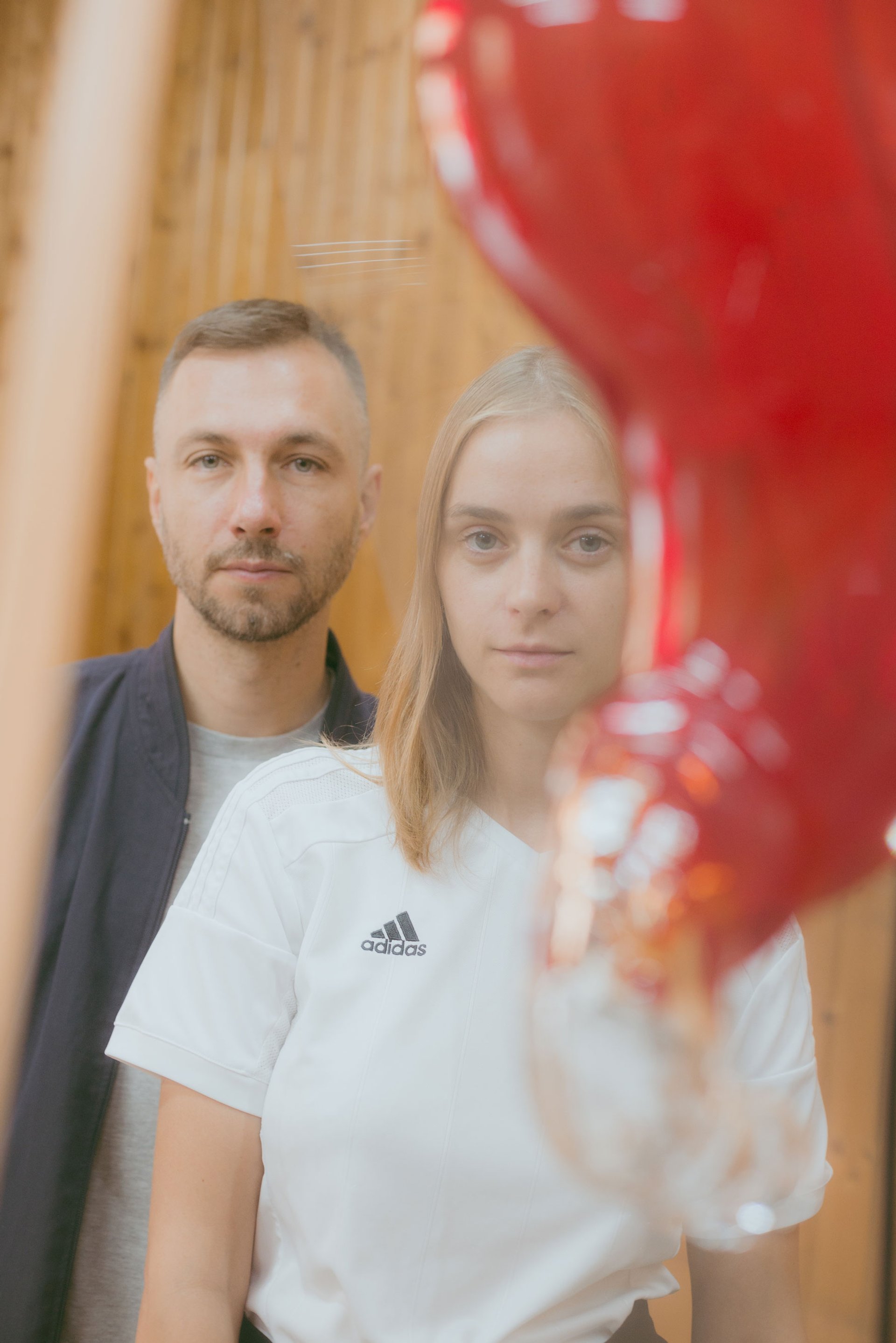
Pakui Hardware Photo: Laura Schaeffer
Lithuania
Artists: Pakui Hardware (Neringa Cerniauskaite and Ugnius Gelguda) and Marija Teresė Rožanskaitė
Organisers: Valentinas Klimasauskas and João Laia; Lithuanian National Museum of Art, Lithuanian Council for Culture
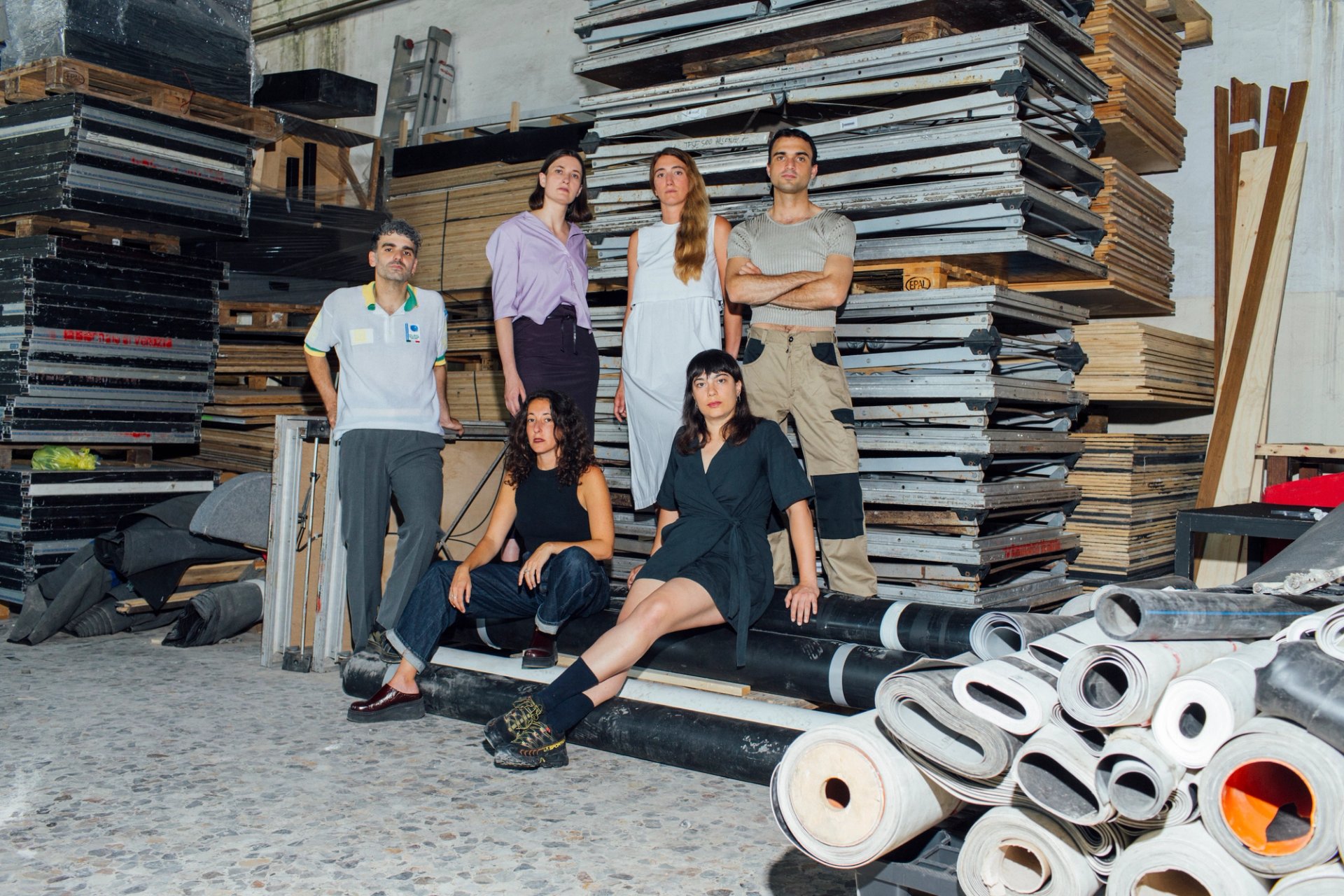
Andrea Mancini and Every Island © Alessandro Simonetti, 2023
Luxembourg
Artists: Andrea Mancini and Every Island
Organisers: Joel Valabrega; Mudam Luxembourg and Kultur lx Arts Council Luxembourg
Where: Arsenale
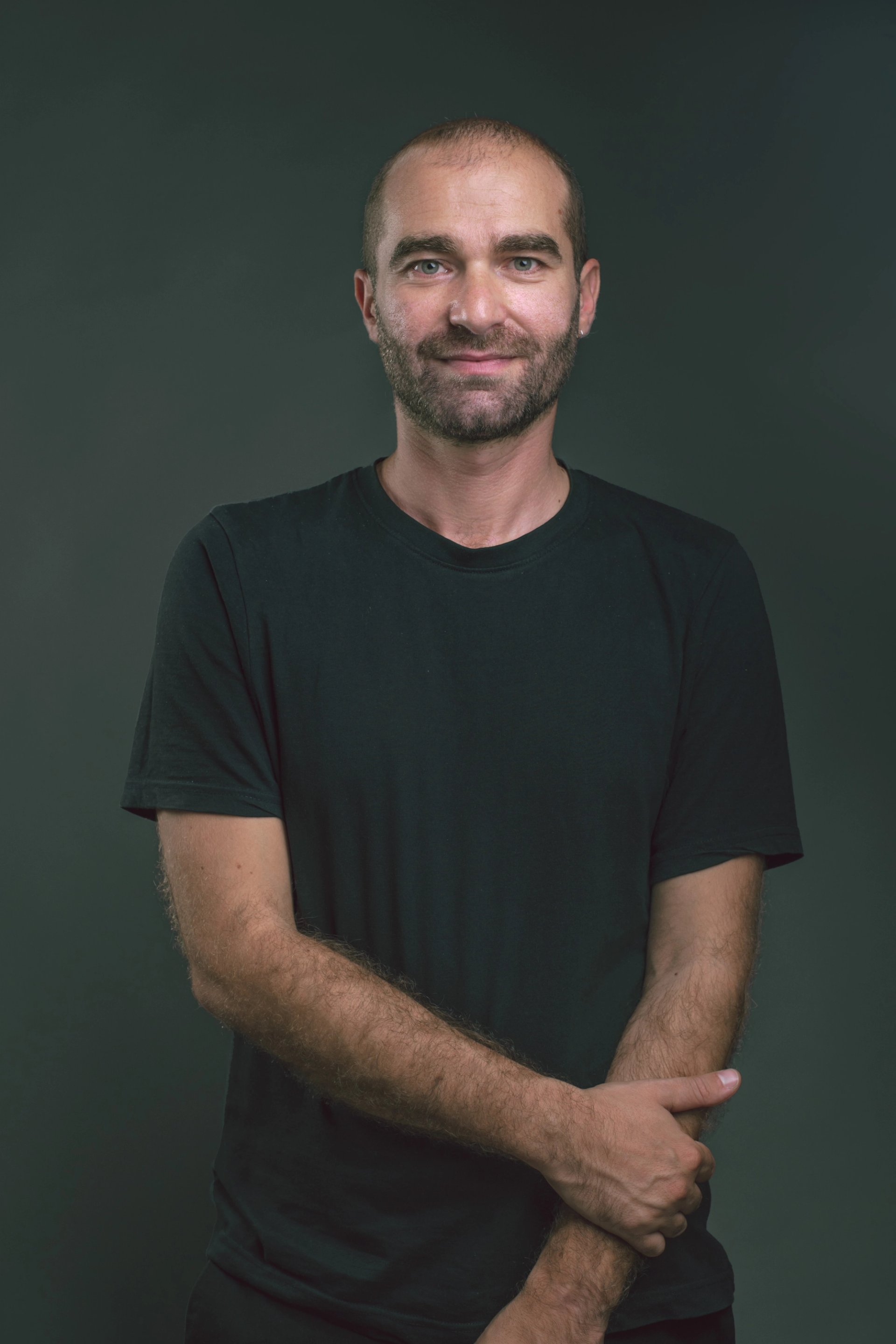
Matthew Attard Photo: Therese Debono
Malta
Artist: Matthew Attard
Organisers: Sara Dolfi Agostini and Elyse Tonna; Arts Council Malta
Where: Arsenale
Mexico
Artist: Erick Meyenberg
Organisers: Tania Ragasol; Ana Catalina Valenzuela González
Where: Arsenale
Mongolia
Artist: Ochirbold Ayurzana
Organisers: Oyuntuya Oyunjargal; Nomin Chinbat, Minister of Culture of Mongolia
Where: Arsenale
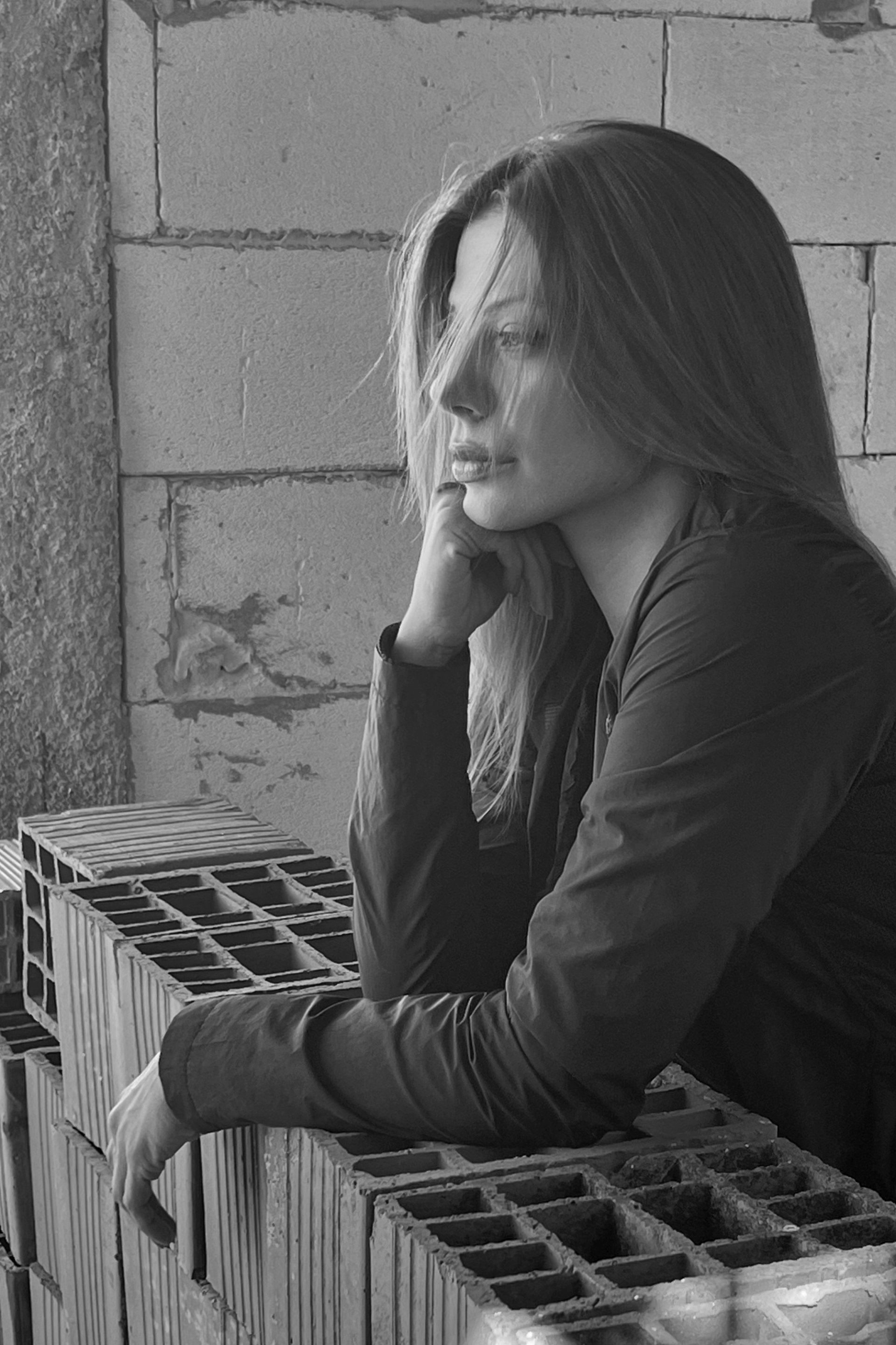
Darja Bajagić
Montenegro
Artist: Darja Bajagić
Organisers: Ana Simona Zelenović; Museum of Contemporary Art of Montenegro
Where: Complesso dell’Ospedaletto, Castello

Ced’art Tamasala, Matthieu Kasiama Kilapi and Lisette Mbuku Kimpala from CATPC with the Dutch artist Renzo Martens (centre) and the curator Hicham Khalidi (second from right) © Koos_Breukel 2023
Netherlands
Artists: Renzo Martens and Cercle d’Art des Travailleurs de Plantation Congolaise (CATPC)
Organisers: Hicham Khalidi, Mondriaan Fund
Where: Giardini
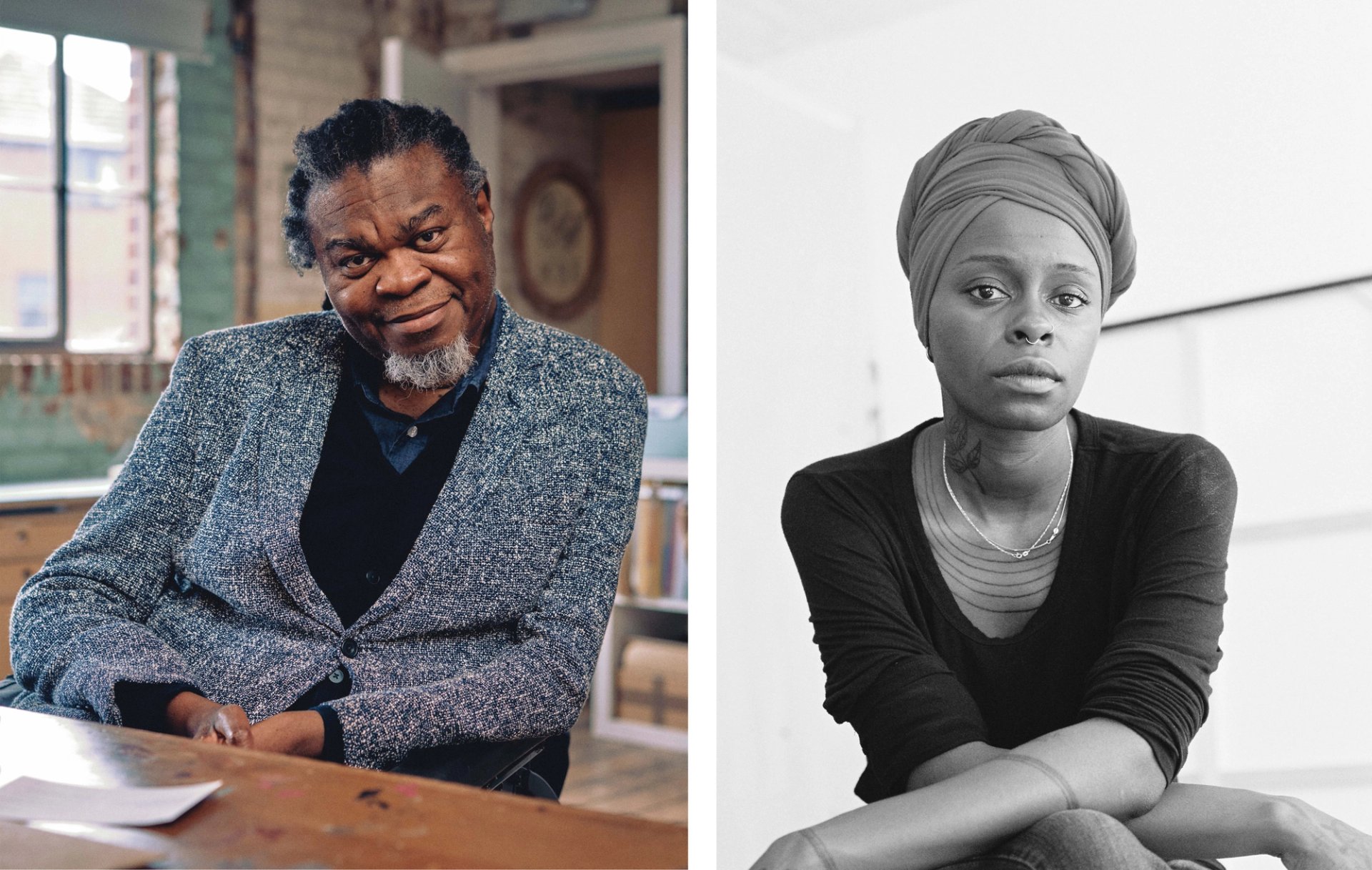
Yinka Shonibare and Toyin Ojih Odutola are two of the eight artists representing Nigeria at the Venice Biennale Tom Jamieson, 2023 / Courtesy of the artist
Nigeria
Artists: Tunji Adeniyi-Jones, Ndidi Dike, Onyeka Igwe, Toyin Ojih Odutola, Abraham Oghobase, Precious Okoyomon, Yinka Shonibare and Fatimah Tuggar
Organisers: Aindrea Emelife; Godwin Obaseki, Federal Ministry of Culture and Information
Where: Dorsoduro
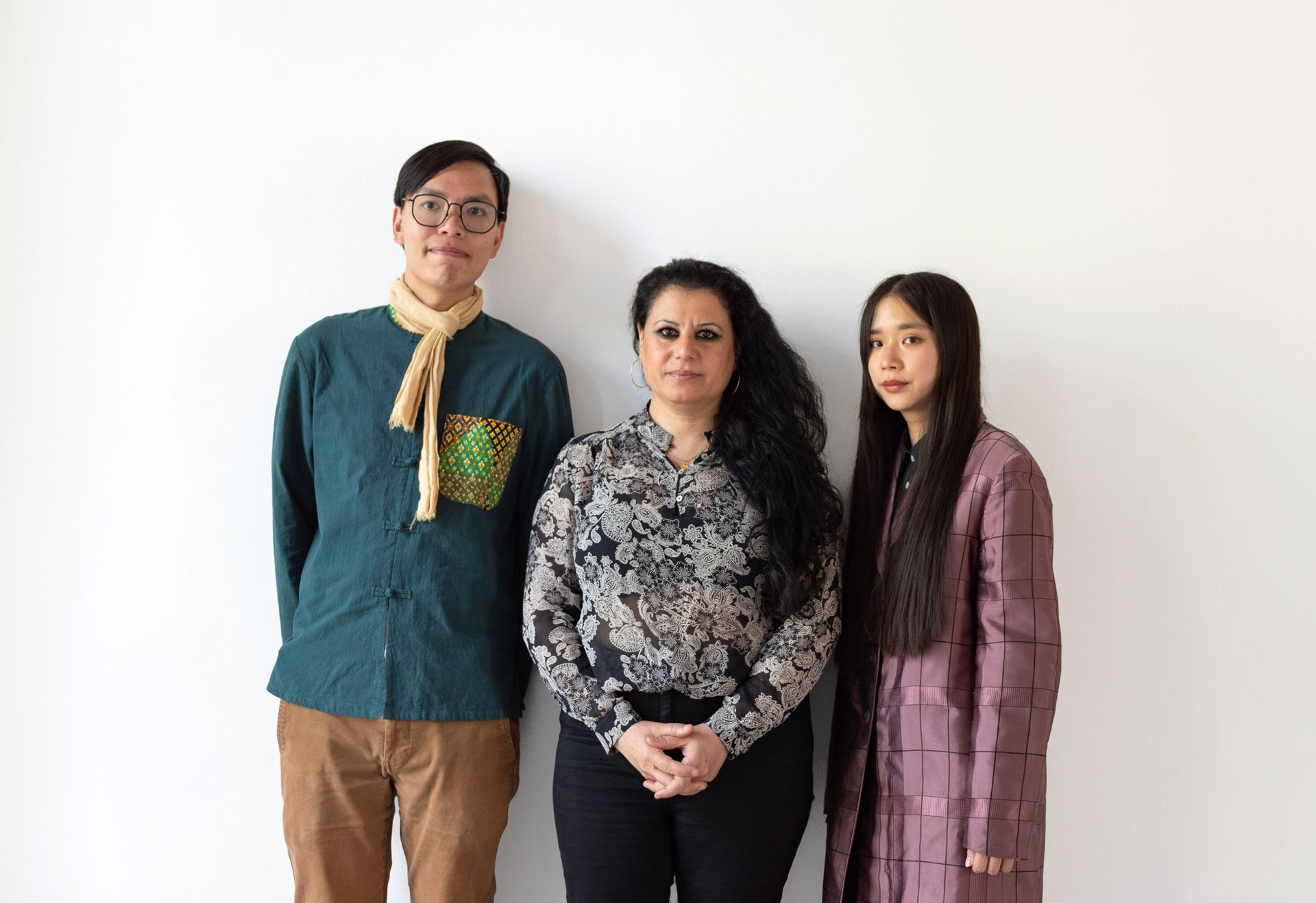
Tze Yeung Ho, Kholod Hawash and Lap-See Lam Photo: Robert Schittko
Nordic countries (Norway, Sweden and Finland)
Artists: Lap-See Lam, Kholod Hawash and Tze Yeung Ho
Organisers: Asrin Haidari; Moderna Museet
Where: Giardini
North Macedonia
Artist: Slavica Janešlieva
Organisers: Ana Frangovska; Dita Starova Qerimi
Where: Scuola dei Laneri, Santa Croce
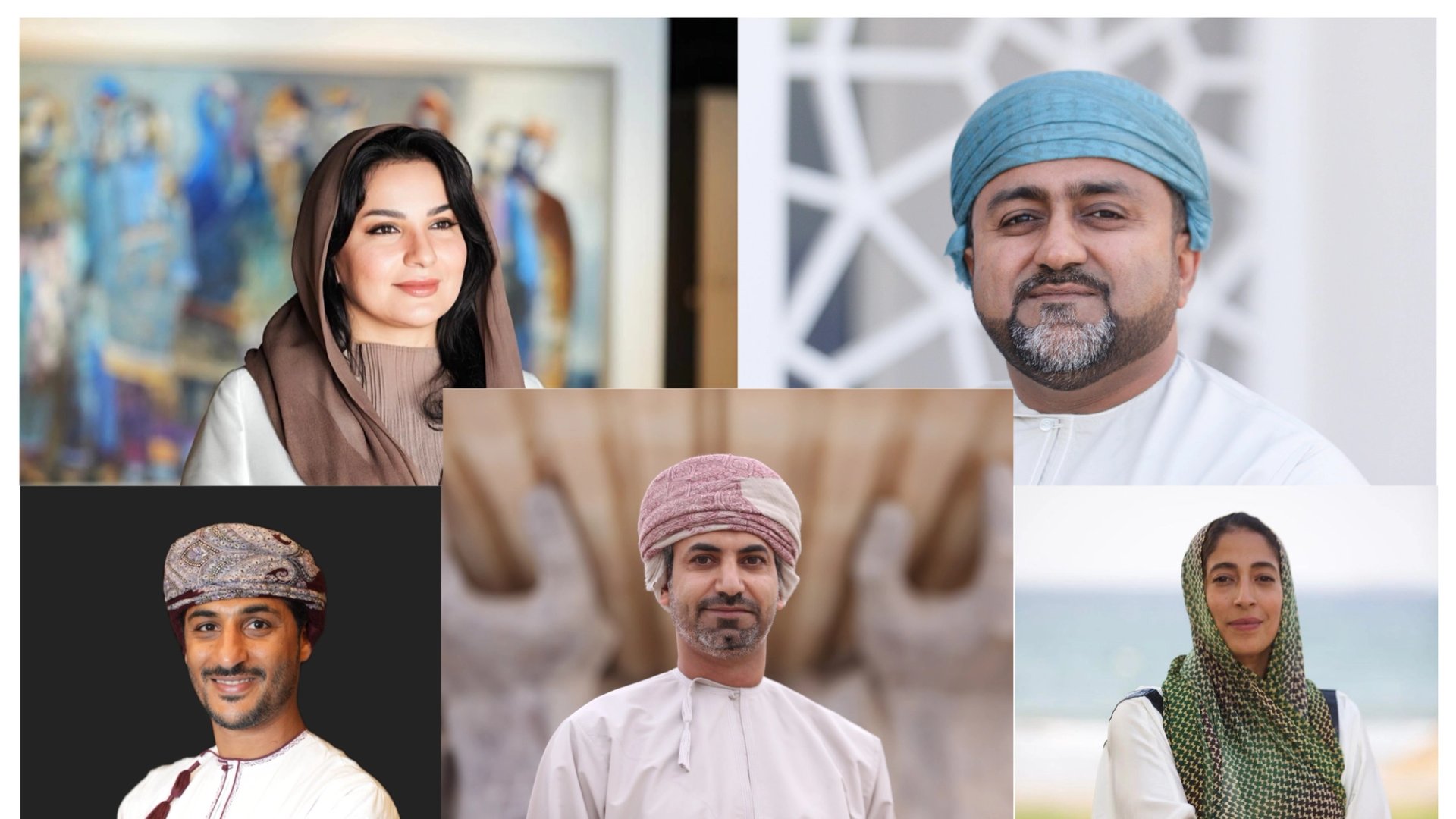
Clockwise from top left: Alia al Farsi, Adham al Farsi, Sarah al OlaqiMalath, Essa al Mufarji and Ali al Jabri Courtesy of National Pavilion of the Sultanate of Oman; Photo: Asim Al Balushi
Oman
Artists: Alia al Farsi, Ali al Jabri, Essa al Mufarji, Adham al Farsi and Sarah al OlaqiMalath
Organisers: Alia al Farsi; Sayyd Saeed bin Sultan bin Yarub Al Busaidi
Where: Palazzo Navagero, Castello
Panama
Artists: Brooke Alfaro, Isabel De Obaldía, Cisco Merel and Giana De Dier
Organisers: Ana Elizabeth Gonzalez and Monica Kupfer; Itzela Quirós
Where: Spazio Castello 2131
Peru
Artist: Roberto Huarcaya
Organisers: Alejandro León Cannock; Armando Andrade de Lucio
Where: Arsenale
Philippines
Artist: Mark Salvatus
Organisers: Carlos Quijon, Jr.; National Commission for Culture and the Arts in partnership with the Department of Foreign Affairs and the Office of Senate President Pro Tempore Loren Legarda
Where: Arsenale
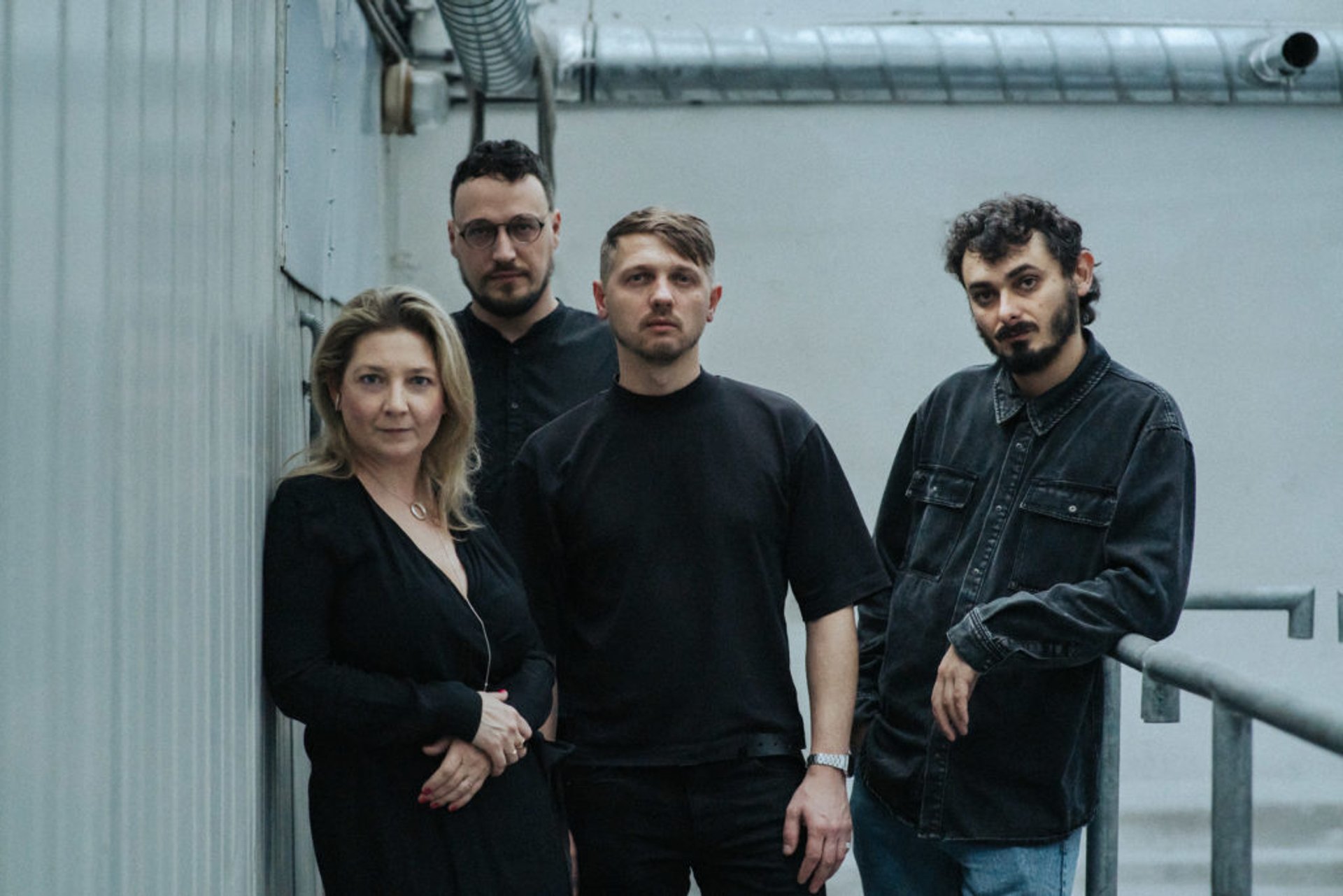
The curator Marta Czyż with member of the Оpen Group collective (Yuriy Biley, Pavlo Kovach and Anton Varga) Photo: Piotr Czyż/Zachęta archive
Poland
Artists: Оpen Group (Yuriy Biley, Pavlo Kovach and Anton Varga)
Organisers: Marta Czyż
Where: Giardini
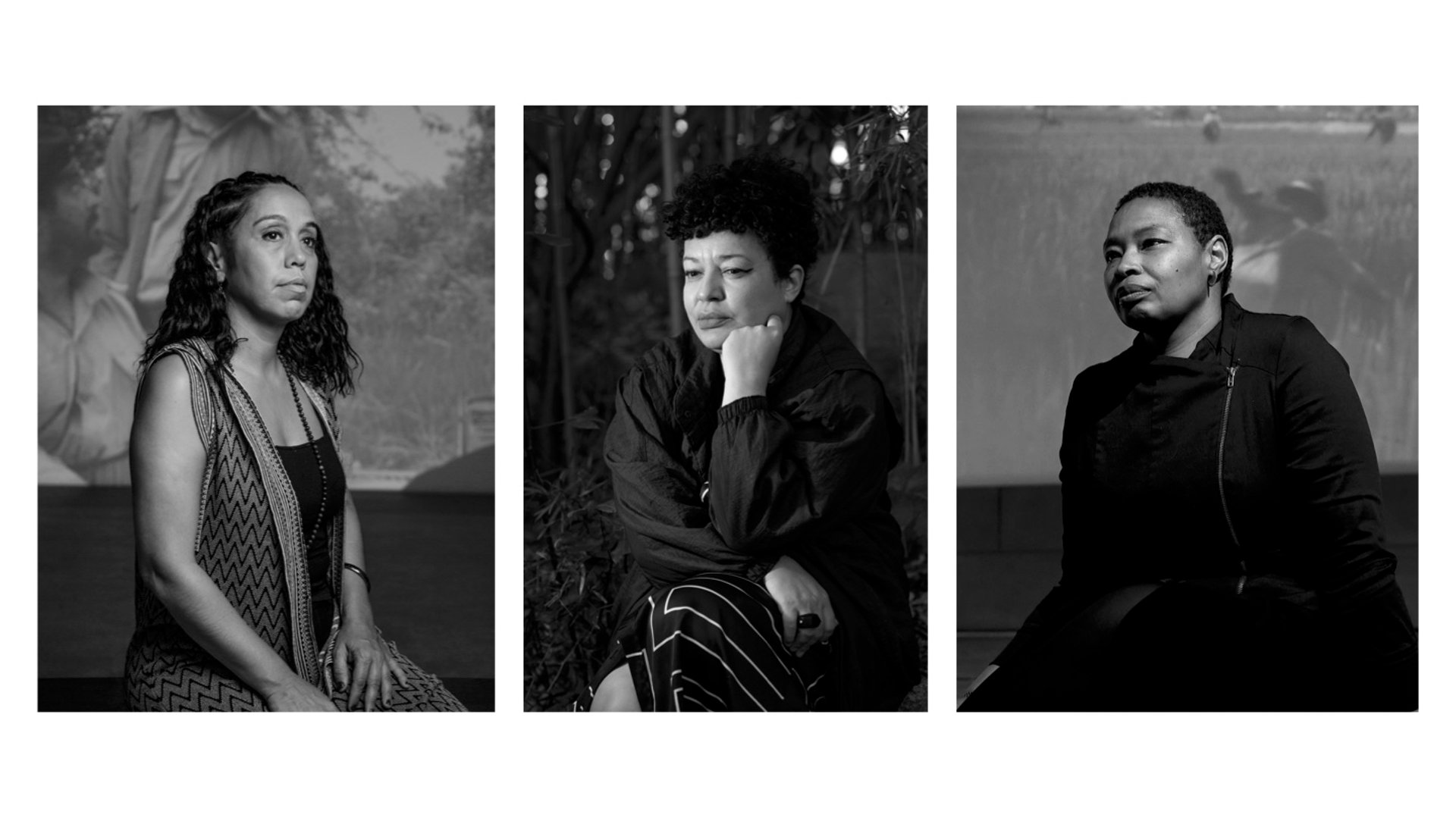
Mónica de Miranda, Vânia Gala and Sónia Vaz Borges © Courtesy of Jahmek Contemporary Art; © Rui Sergio Afonso; © Argenis Apolinario
Portugal
Artists and curators: Greenhouse (Mónica de Miranda, Sónia Vaz Borges and Vânia Gala)
Organisers: Américo Rodrigues, Ministry of Culture of Portugal
Where: Palazzo Franchetti

Șerban Savu
Romania
Artists: Șerban Savu with Atelier Brenda
Organisers: Ciprian Mureșan; Ioana Ciocan, Romanian Ministry of Culture, Romanian Ministry of Foreign Affairs and Romanian Cultural Institute
Where: Giardini
San Marino
Artist: Eddie Martinez
Organisers: Alison M. Gingeras; Paolo Rondelli
Where: Fucina del futuro, Castello
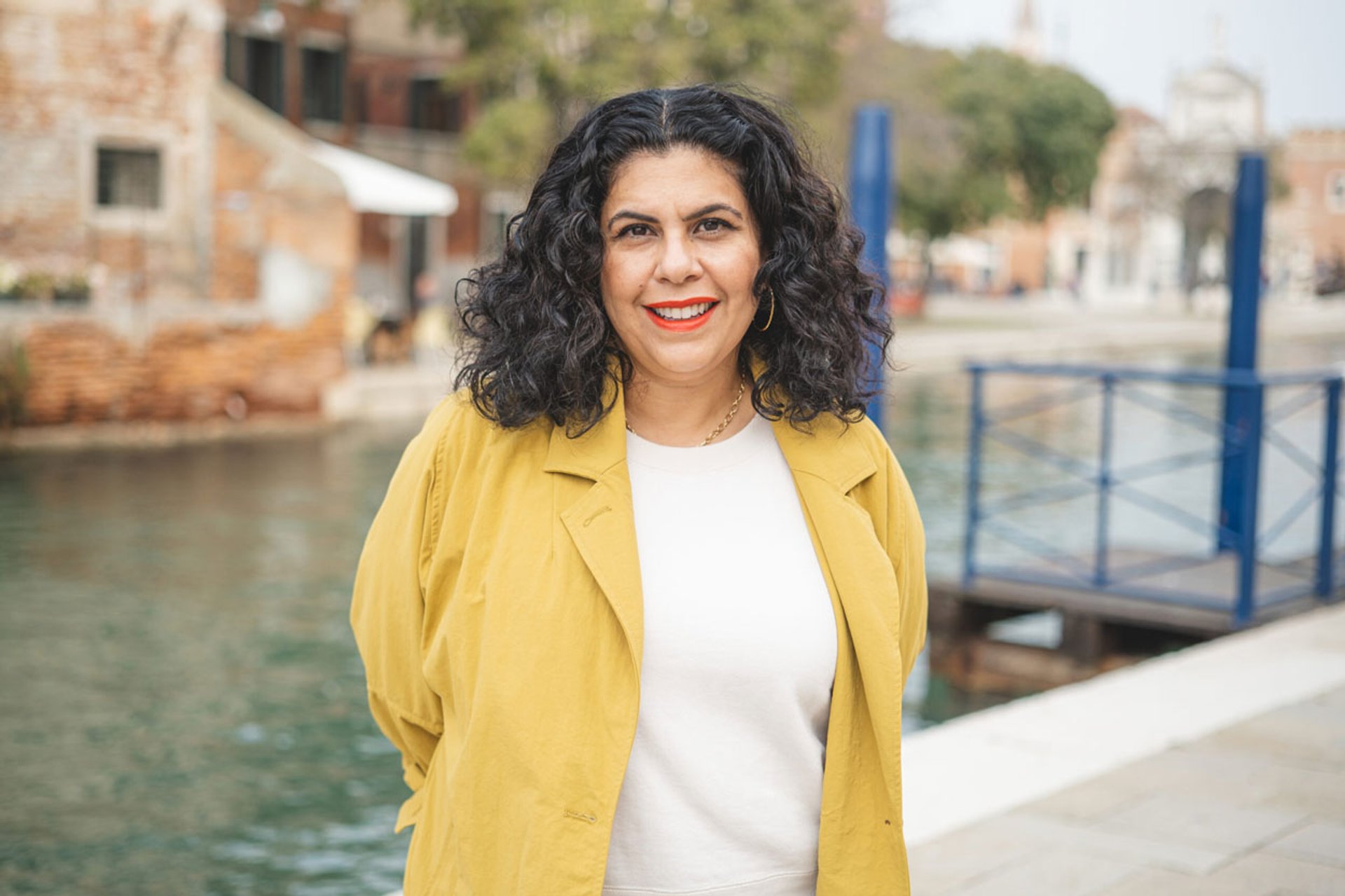
Manal AlDowayan Courtesy of the artist and Visual Arts Commission
Saudi Arabia
Artist: Manal AlDowayan
Organisers: Jessica Cerasi and Maya El Khalil with Shadin AlBulaihed; Visual Arts Commission, Ministry of Culture
Where: Arsenale

Alioune Diagne
Senegal
Artist: Alioune Diagne
Organisers: Massamba Mbaye; Senegalese Ministry of Culture and Historical Heritage
Where: Arsenale
Serbia
Artist: Aleksandar Denić
Organisers: Ksenija Samadržija; Jelena Medakovic
Where: Giardini
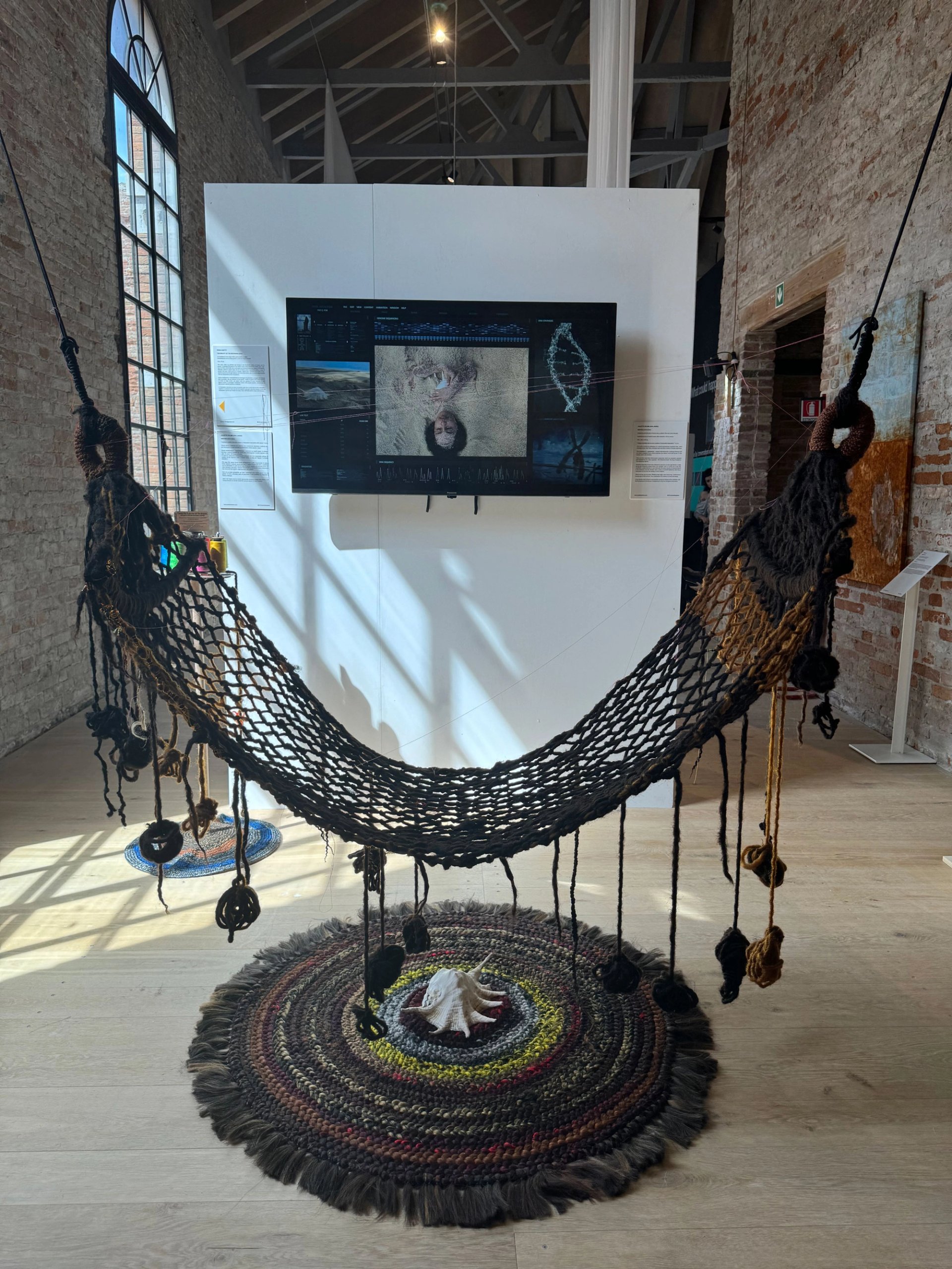
The Seychelles pavilion
Seychelles
Artists: Jude Ally, Ryan Chetty, Danielle Freakley and Juliette Zelime aka Jadez
Organisers: Martin Kennedy; Emmanuel D’Offay
Where: Arsenale
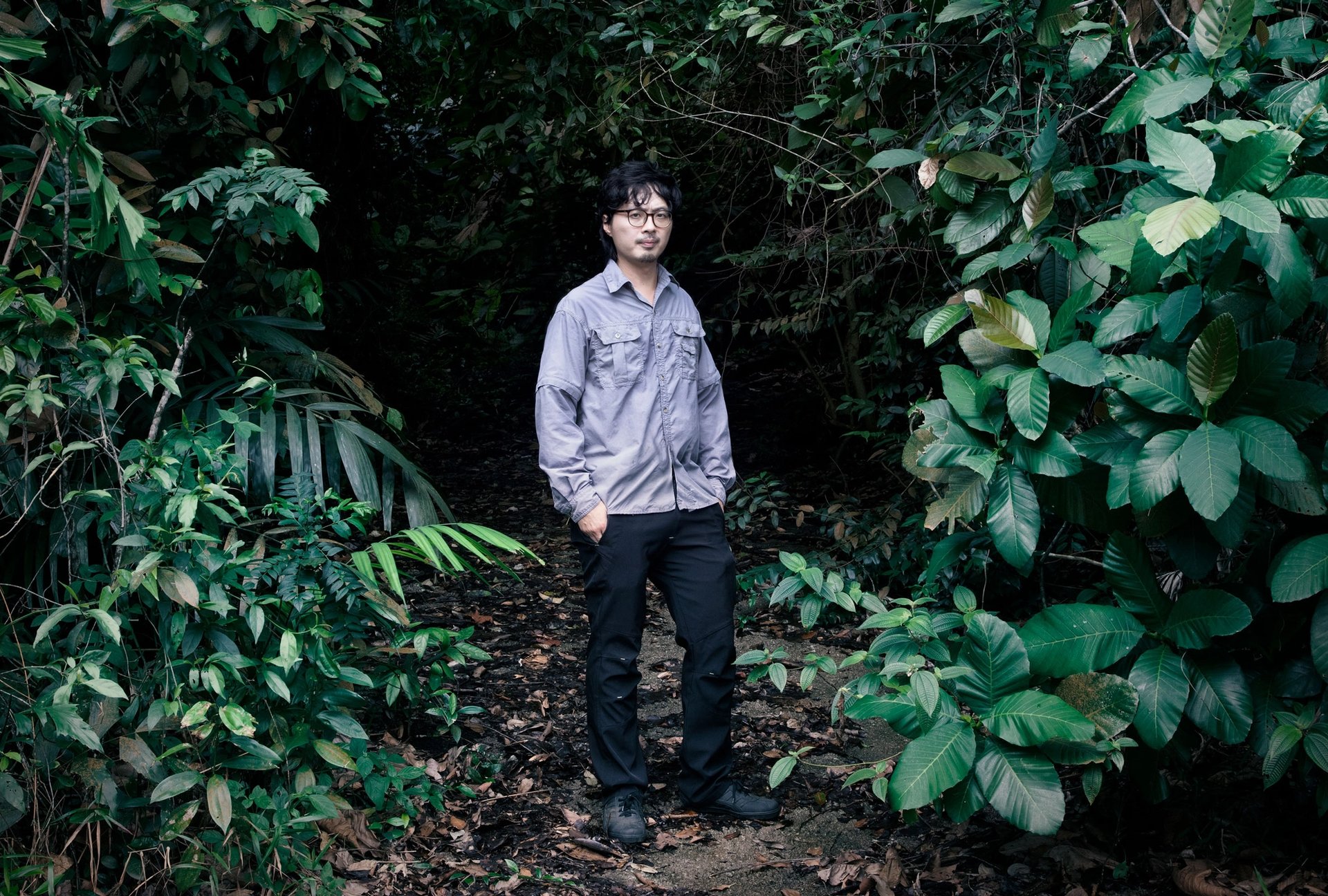
Robert Zhao Renhui Image courtesy of the artist
Singapore
Artist: Robert Zhao Renhui
Organisers: Haeju Kim; Singapore Art Museum and Low Eng Teong, National Arts Council Singapore
Where: Arsenale
Slovakia
Artist: Oto Hudec
Organisers: Lýdia Pribišová; Monika Krčmárik
Where: Giardini
Slovenia
Artist: Nika Špan
Organisers: Vladimir Vidmar; Martina Vovk
Where: Serra dei Giardini di Castello
South Africa
Artists: Molemo Moiloa and Nare Mokgotho
Organisers: Portia Malatjie; Nosipho Nausca-Jean Jezile
Where: Arsenale
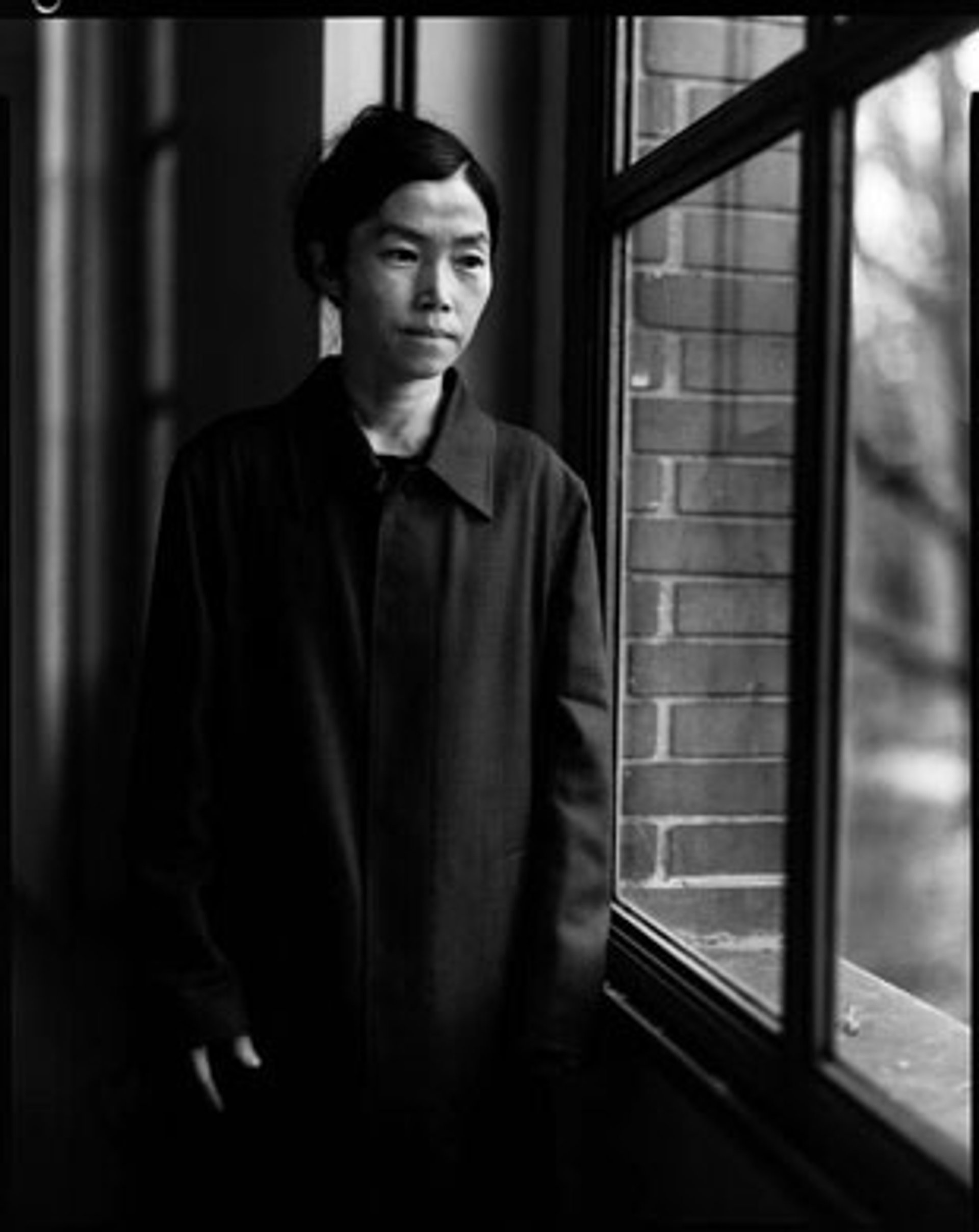
Koo Jeong A Courtesy the artist and Pilar Corrias, London
South Korea
Artist: Koo Jeong A
Organisers: Jacob Fabricius and Lee Seol-hui; Arts Council Korea
Where: Giardini
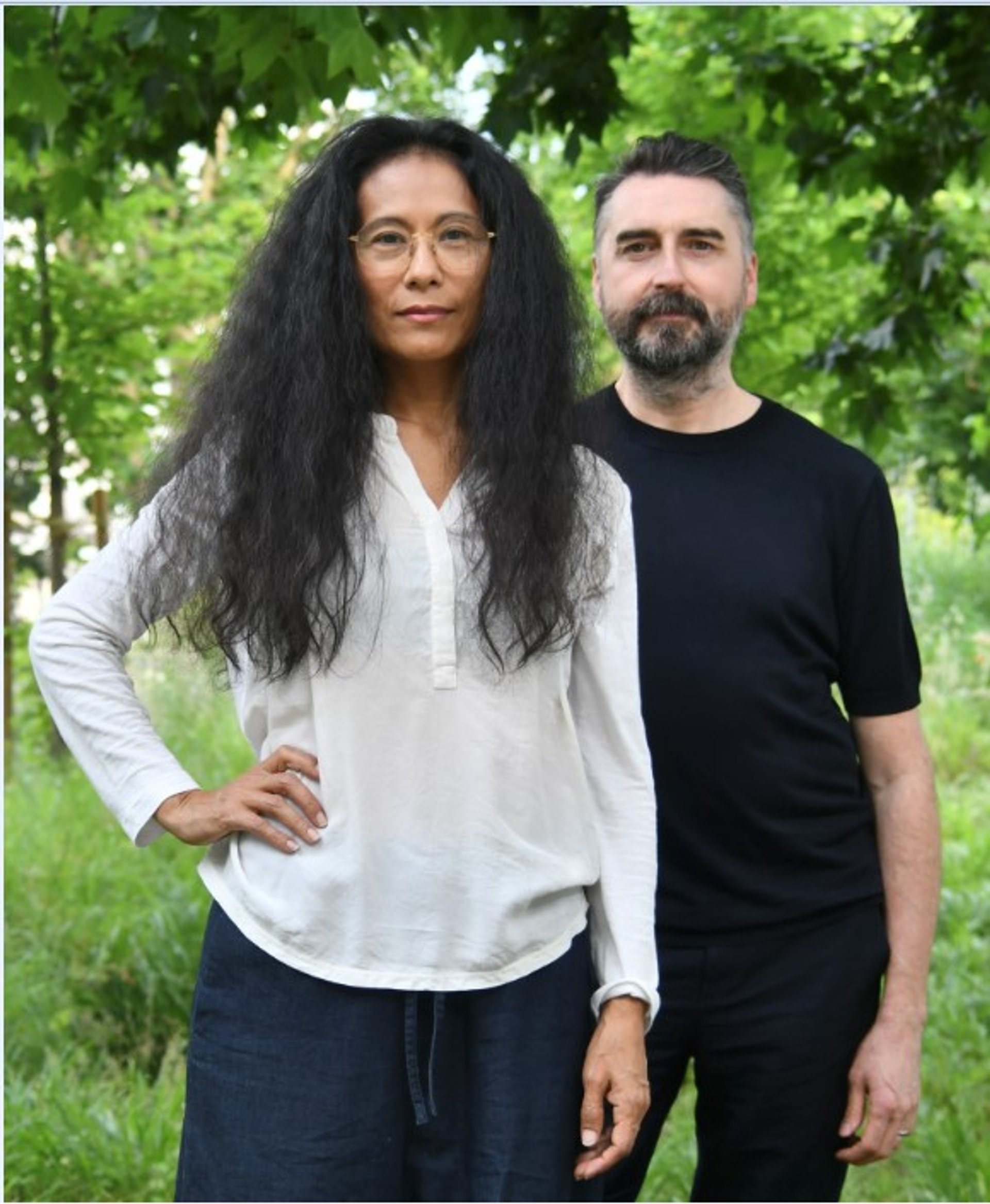
The artist Sandra Gamarra Heshiki and the curator Agustín Pérez Rubio © Carmela Garcia
Spain
Artist: Sandra Gamarra
Organisers: Agustín Pérez Rubio; Spanish Agency for lnternational Development Cooperation and Acción Cultural Española
Where: Giardini
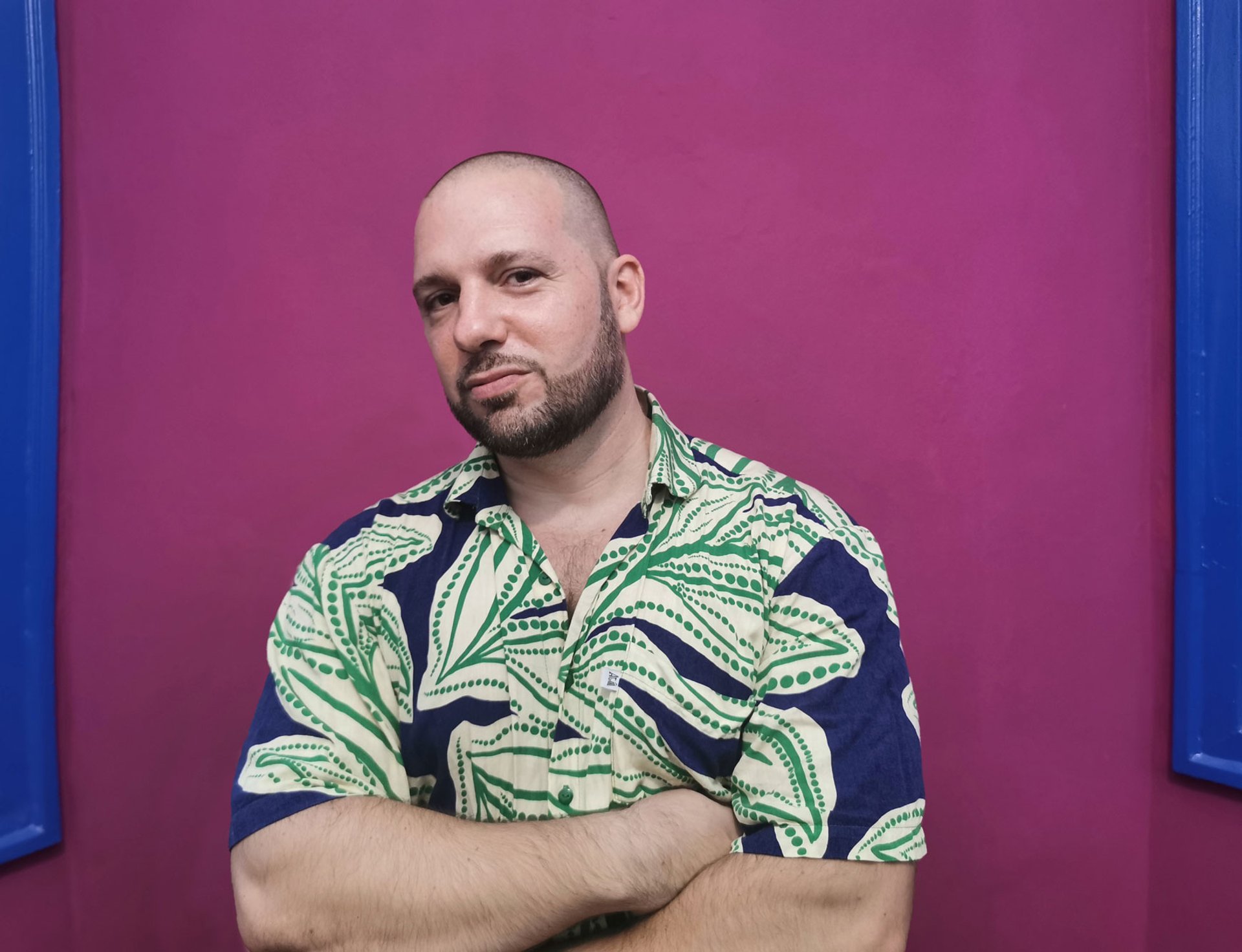
Guerreiro do Divino Amor © Diego Paulino
Switzerland
Artist: Guerreiro do Divino Amor
Organisers: Andrea Bellini,; Swiss Arts Council Pro Helvetia
Where: Giardini

Yuan Goang-Ming (left) with the curator Abby Chen © TFAM of Taiwan Collateral Event 2024
Taiwan
Artist: Yuan Goang-Ming
Organisers: Abby Chen; Taipei Fine Arts Museum
Where: Palazzo delle Prigioni, Castello
Tanzania
Artists: Happy Robert, Naby, Haji Chilonga and Lutengano Mwakisopile
Organisers: Enrico BittotoLeah Kihimbi, Ministry of Culture, Arts and Sports
Where: La Fabbrica del Vedere, Cannaregio
Timor-Leste
Artist: Maria Madeira
Organisers: Natalie King; Jorge Soares Cristovão, Ministry of Youth, Sports, Arts and Culture Democratic Republic of Timor-Leste

Gülsün Karamustafa in the Turkish pavilion Photo: Fatih Yilmaz
Turkey
Artist: Gülsün Karamustafa
Organisers: Istanbul Foundation for Culture and Arts
Where: Arsenale
Uganda
Artists: Artisan Weavers’ Collective, Sana Gateja, Taga Nuwagaba, Xenson Ssenkaba, Jose Hendo and Odur Ronald
Organisers: Elizabeth Acaye Kerunen; Juliana Naumo Akoryo
Where: Bragora Gallery, Castello
Ukraine
Artists: Katya Buchatska, Andrii Dostliev, Lia Dostlieva, Daniil Revkovskyi, Andrii Rachynskyi and Oleksandr Burlaka
Organisers: Viktoria Bavykina and Max Gorbatskyi; Taras Shevchenko
Where: Arsenale
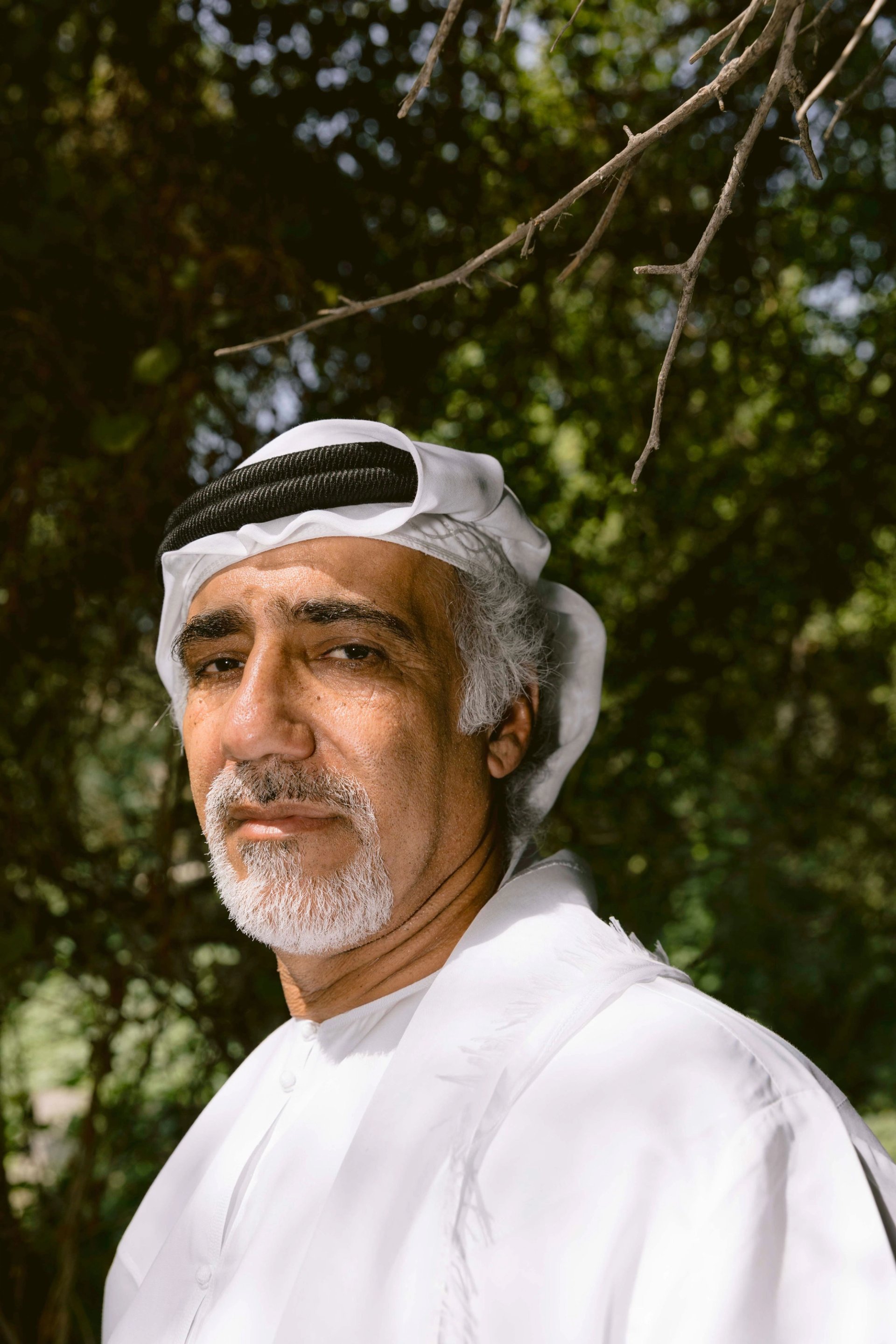
Abdullah Al Saadi Image courtesy of National Pavilion UAE-La Biennale di Venezia; Photo: Daryll Borja
United Arab Emirates
Artist: Abdullah Al Saadi
Organisers: Tarek Abou El Fetouh; Salama bint Hamdan Al Nahyan Foundation
Where: Arsenale
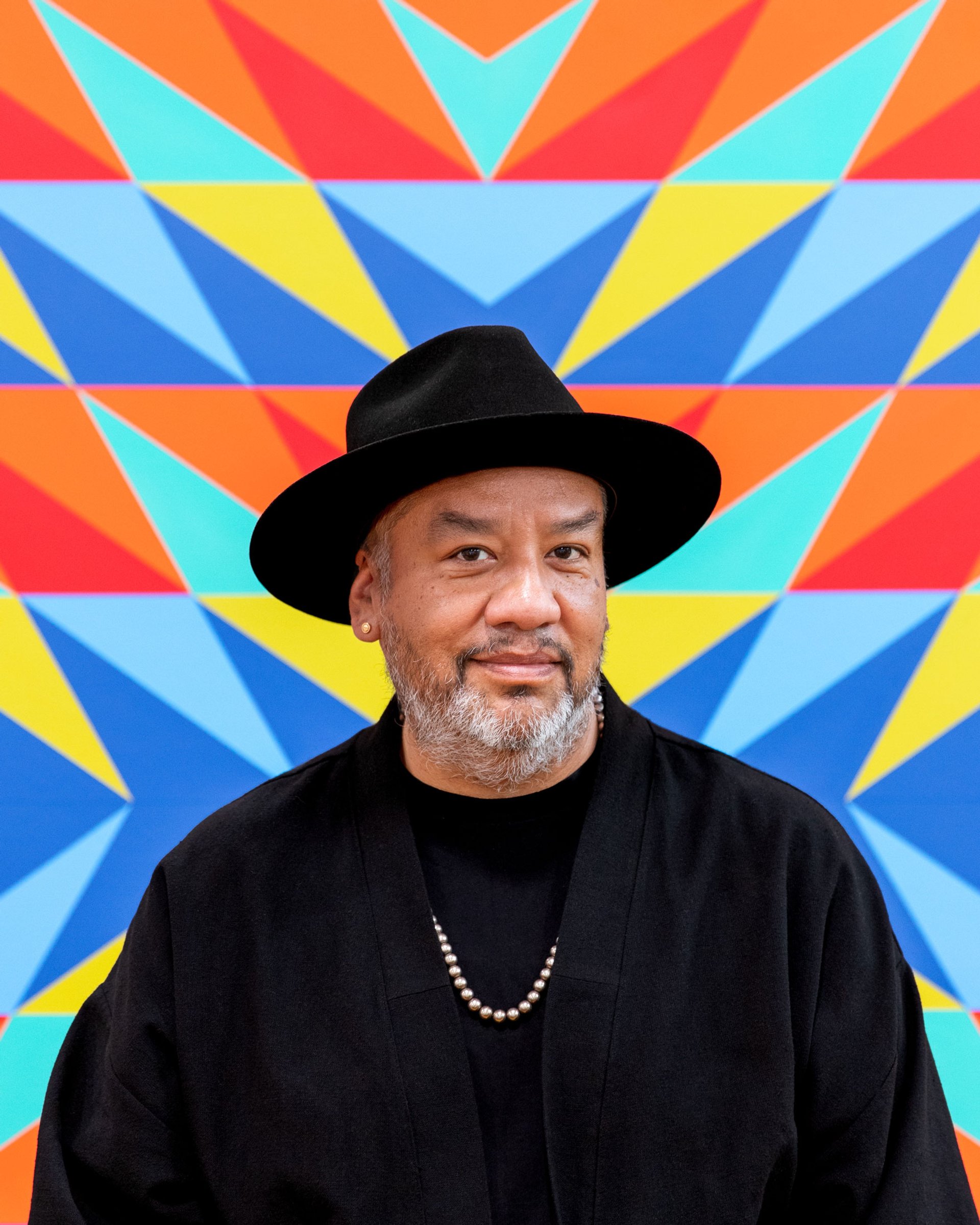
Jeffrey Gibson Photo: Brian Barlow
United States
Artist: Jeffrey Gibson
Organisers: Kathleen Ash-Milby, Louis Grachos and Abigail Winograd; Portland Art Museum in Oregon and Site Santa Fe
Where: Giardini
Uruguay
Artist: Eduardo Cardozo
Organisers: Elisa Valerio; Facundo de Almeida
Where: Giardini
Uzbekistan
Artist: Aziza Kadyri
Organisers: Center for Contemporary Art Tashkent; Art and Culture Development Foundation
Where: Arsenale
Venezuela
Artist: Juvenal Ravelo
Organisers: Edgar Ernesto Gonzalez; Reinaldo J Landaeta Diaz
Where: Giardini
Zimbabwe
Artists: Gillian Rosselli, Kombo Chapfika, Moffat Takadiwa, Sekai Machache, Troy Makaza and Victor Nyakauru
Organisers: Fadzai Veronica Muchemwa; Raphael Chikukwa, National Gallery of Zimbabwe
Where: Santa Maria della Pieta, Castello


